Culture: 50 books / Global
Essential reading
A good book amounts to far more than just printed matter. Here, we explore the volumes that have touched the lives of 50 friends of Monocle, drawn from the worlds of design, culture, food and more.
Much like the people who we encounter in our lives, the books that we read can shape who we are and profoundly affect the way in which we think. It’s hard to say what, exactly, makes one work resonate more than others. Sometimes, it’s the individual who owned a copy of it before we did – as is the case with Kim Jones, the artistic director of Fendi, and his first edition of Virginia Woolf’s Orlando, originally gifted by the writer to her lover, landscape designer Vita Sackville-West. Other times, it’s because it has taught us something practical, like how to cook.
To discover what kinds of books can enrich lives in such ways, we asked 50 key figures – from novelists and chefs to ceos, photographers, musicians and architects – to recommend one book and tell us why they chose it. The result is an often intimate look into these readers’ minds and at the moments that shaped them. It’s also a guide to some of the best works in the worlds of design, fashion, literature and food. So, no excuses. Take a page out of their book and get reading. —
1
political science
Catherine Ashton
‘Essence of Decision’
by Graham Allison
A brilliant description of the models that we use to make decisions that then help us to make better choices in times of crisis.
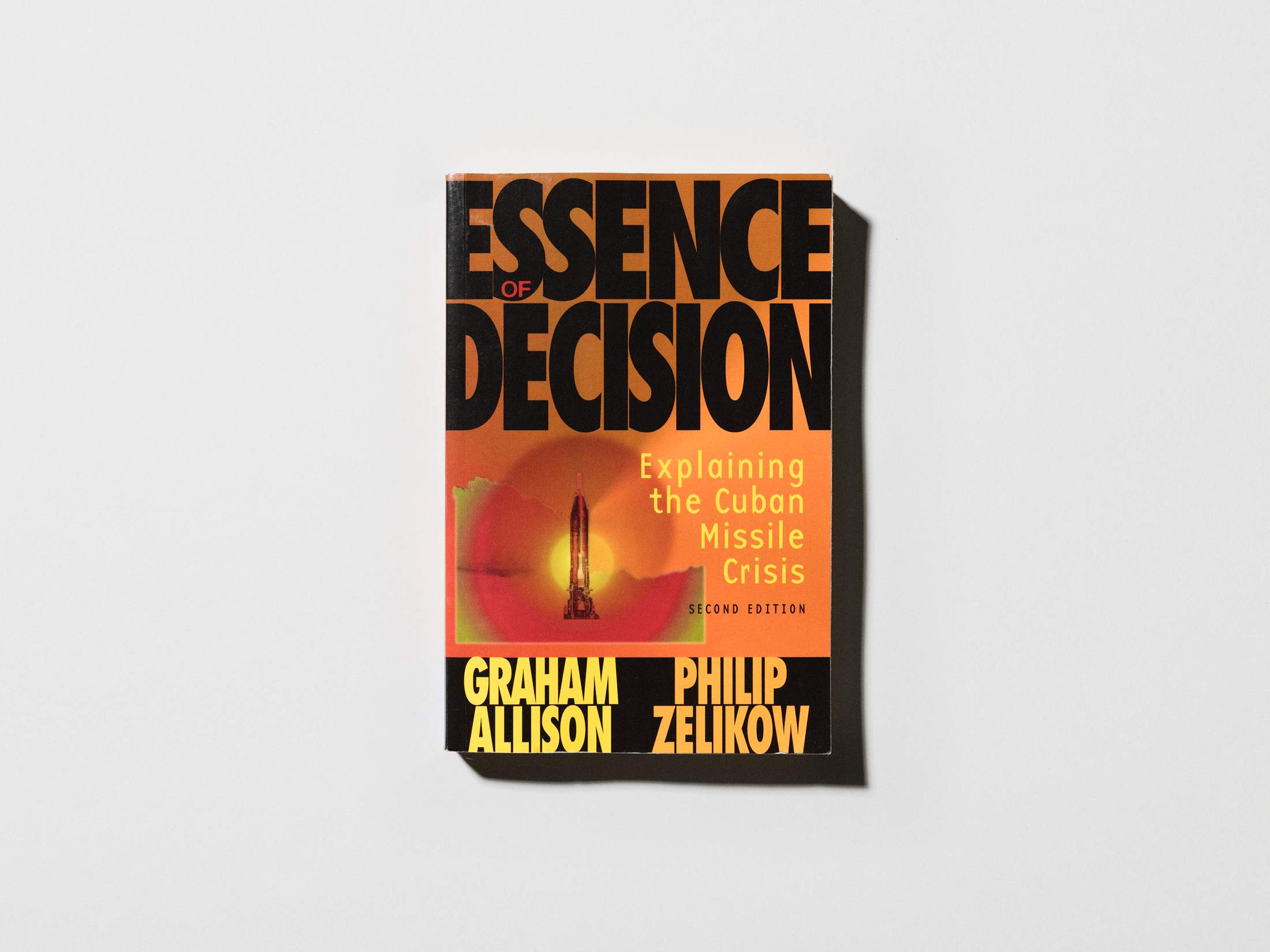
Ashton served as the UK’s high representative of the Union for Foreign Affairs and Security Policy and first vice-president of the European Commission.
2
fiction
Benjamin Moser
‘The Apple in the Dark’
by Clarice Lispector
The Apple in the Dark, which I translated last year, isn’t for those who like their books nice and easy. It’s a slow and agonising trudge but that is also the whole point. Clarice Lispector makes great demands on the reader but offers great rewards too.
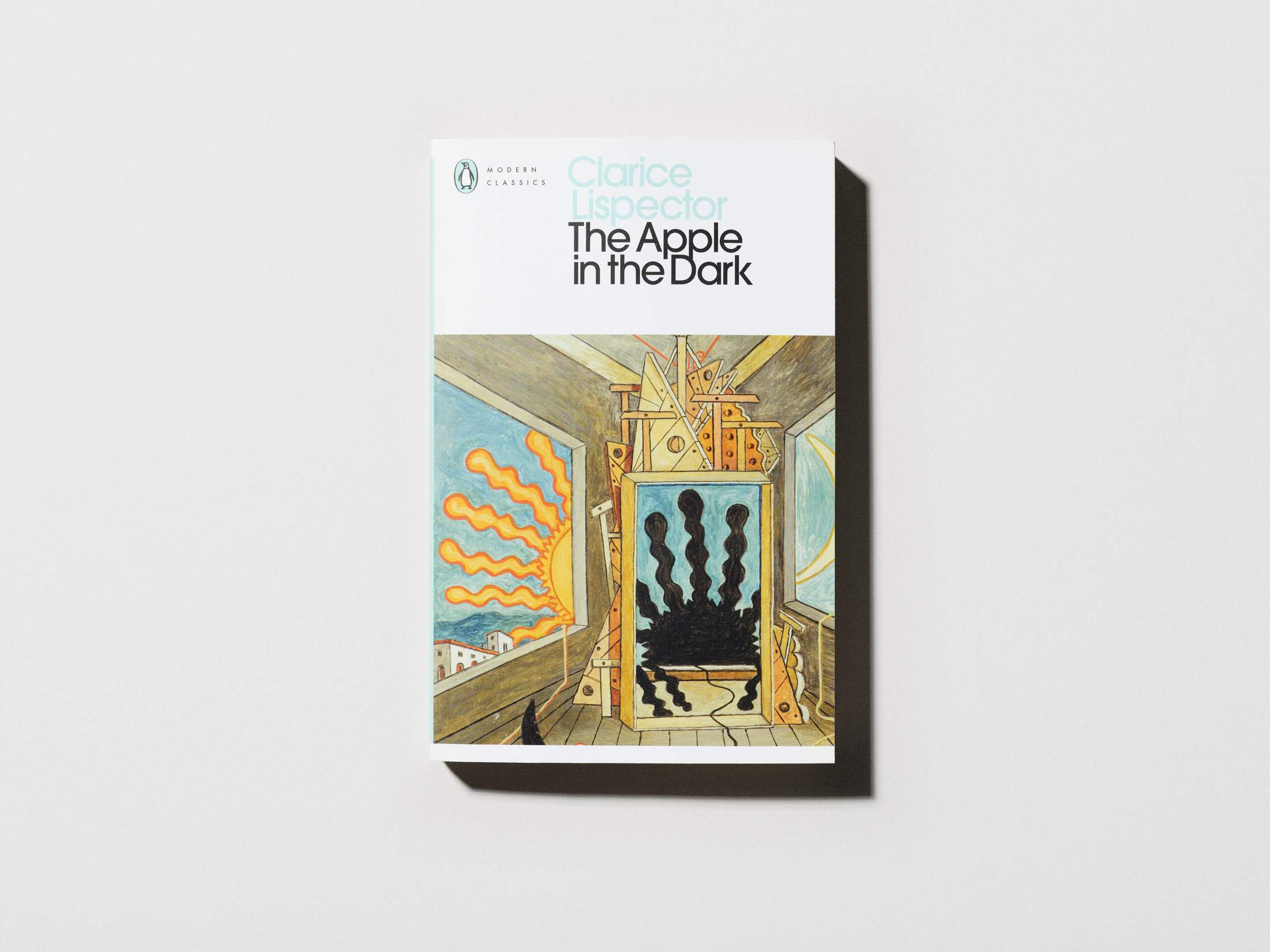
Moser is the Pulitzer Prize-winning author of Sontag: Her Life and Work.
3
fiction
Kim Jones
‘Orlando’
by Virginia Woolf
One of my passions is first-edition books, especially those written by Virginia Woolf. I’m very lucky to have Vita Sackville-West’s copy of Orlando, as well as Vanessa Bell’s – the two most important women in Woolf’s life.
Jones is the artistic director of Fendi.
4
design
John Pawson
‘Architecture of Truth’
by Lucien Hervé
A book that I return to endlessly is Architecture of Truth, Lucien Hervé’s photographic essay about a Cistercian abbey in France. “Light and shade are the loudspeakers of this architecture of truth, tranquillity and strength,” writes Le Corbusier in his preface.

Pawson is an award-winning British architect.
5
non-fiction
Fiona Rogers
‘Scumb Manifesto’
by Justine Kurland
Photographer Justine Kurland once said that she wanted her collages to be punk but “nothing could be fussier than hours of sustained concentration... trying to create the most beautiful thing possible”. That idea stayed with me – that art could be both angry and quiet, radical and suburban, redefining and reparative.
Rogers is the Parasol Foundation curator of the Women in Photography project at the V&A.
6
non-fiction
Lou Stoppard
‘A Girl’s Story’
by Annie Ernaux
This is one of the books that kick-started my fascination with Annie Ernaux. She is, to me, the perfect writer – ambitious in every project that she undertakes. She never hides behind literary flourishes or trickery and any book that you read after hers will feel like a compromise.

Stoppard is a writer, curator and broadcaster.
7
non-fiction
Avery Trufelman
‘300 Arguments’
by Sarah Manguso
I have never read anything like 300 Arguments. It is essentially a series of insights and philosophical asides – the kind of titbits that you would underline in a larger novel. Here, they are presented on their own without a plot to unite them. I turn to it often.
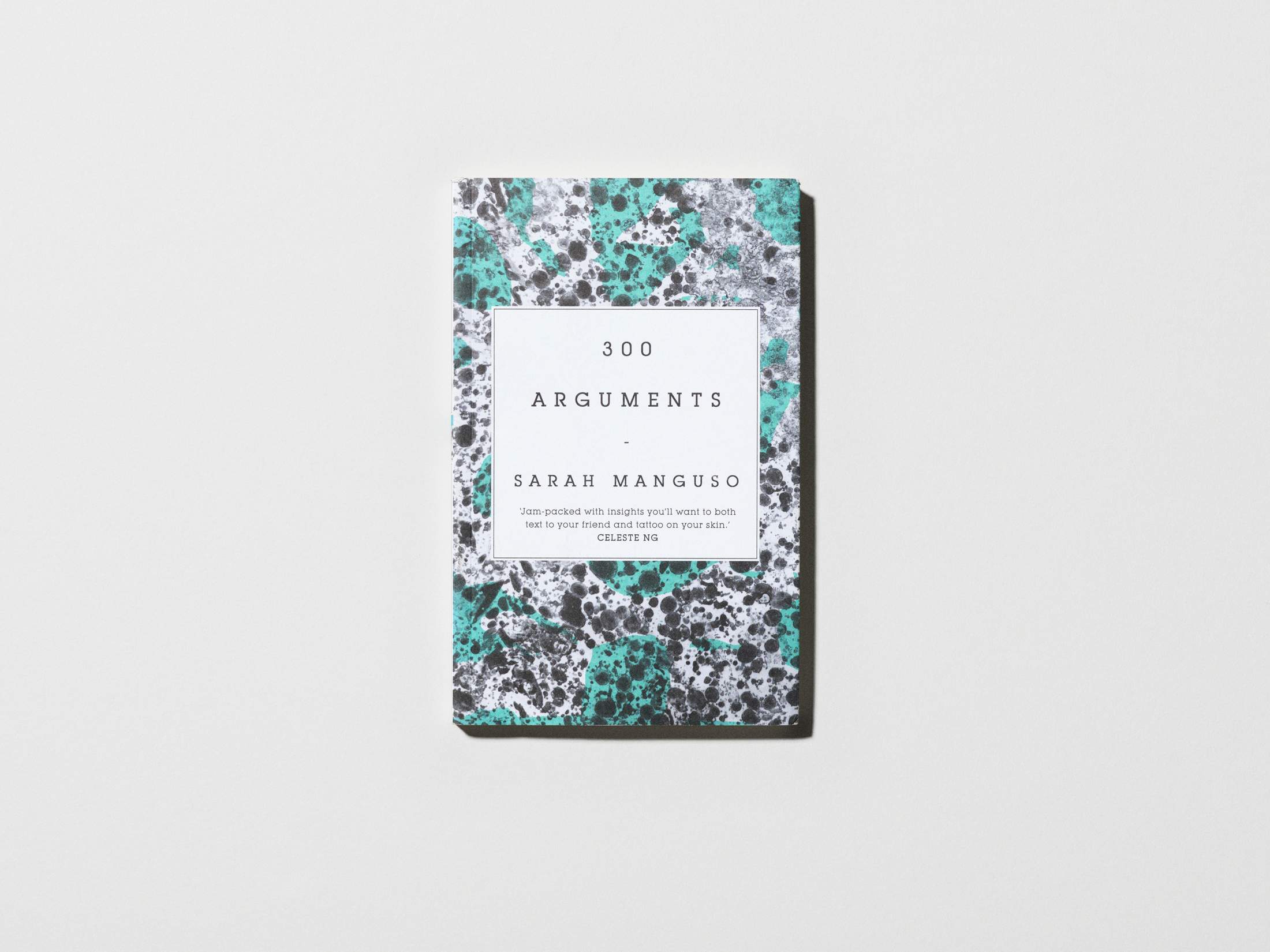
Trufelman is the host of Articles of Interest, a podcast that explores the stories behind the clothes that we wear.
8
collected works
Alexis Self
‘Bliss to Be Alive’
by Gavin Hills
I met journalist Gavin Hills on holiday in Cornwall in 1997. A week after I left, he drowned in a cove in an accident; he was 31. His humour and warmth made an impression on six-year-old me but it wasn’t until many years later that I read his work. This collection includes pieces from Somalia, Sarajevo and Disneyland, most of them written for The Face. It is heartwarming and very funny.
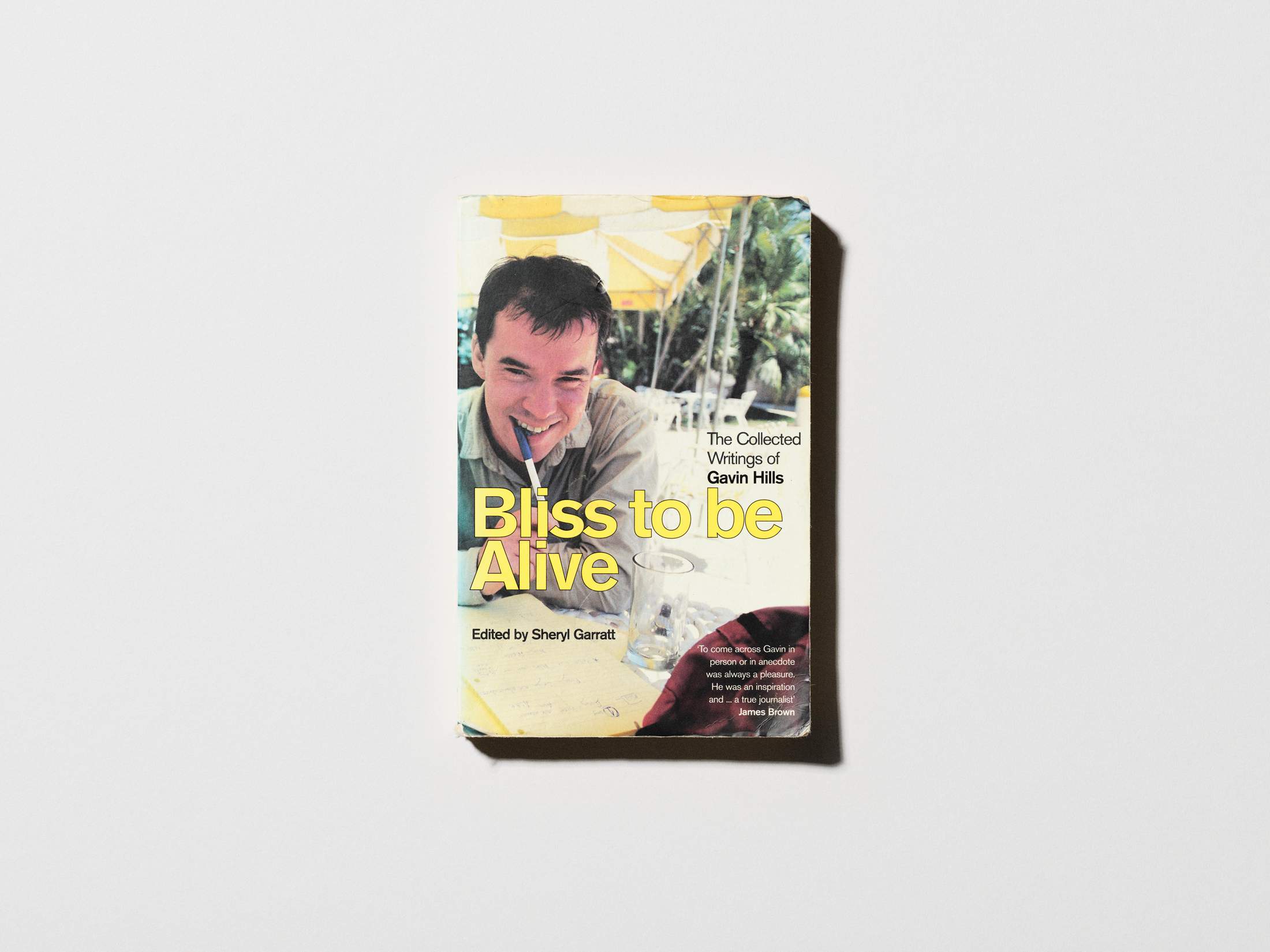
Self is monocle’s foreign editor.
9
design
Dorte Mandrup
‘Mask of Medusa’
by John Hejduk
I remember buying this book in Berlin when I was a student. It’s a beautiful, in-depth documentation of John Hejduk’s poetic and original work – not only his architecture but drawings, essays and poems. Reading it, we are reminded that architecture is so much more than the physical form of a building.
Mandrup, a Danish architect, is the founder and creative director of Copenhagen-based Dorte Mandrup Arkitekter.
10
fiction
Jennifer Higgie
‘Threshold’
by Ursula le Guin
A moving tale of a supermarket cashier who finds himself in a twilight world in which he slays a dragon to save a village and finds love.
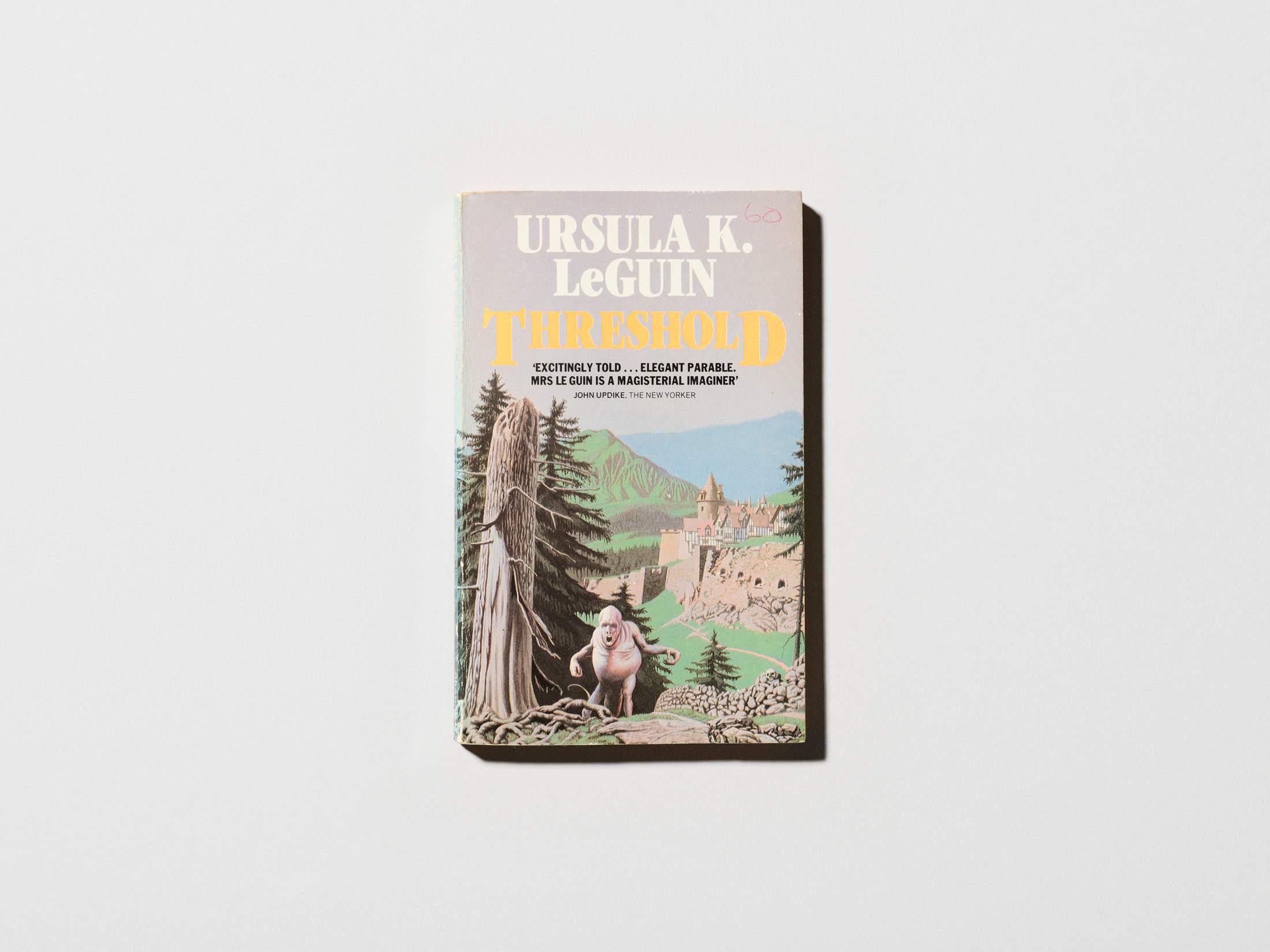
Higgie is an Australian writer living in London. She is the former editor of Frieze magazine.
the small literary publisher:
Transit Books
San Francisco

Founded in 2015 by partners Adam and Ashley Levy, this San Francisco-based independent press brings exceptional international literature to US readers. Its diverse roster of global voices includes Nobel Prize winners Jon Fosse (Norway) and Annie Ernaux (France), and Windham Campbell Prize winner Maria Tumarkin (Australia). While working in New York, the duo noticed “a gap between two audiences in America: those who read a lot of US literature and those who were reading literature in translation”, says Ashley. They started thinking about how to bring those two readerships together.
After moving to California, the couple started Transit Books. “Looking back, it has been wonderful,” says Adam. “We still very much feel plugged in to the New York literary world.” Having lived in New York, which he calls “the place of literary consecration in an American context”, the move out West “presented something different. It felt like the right place to take a risk, to try to start something.”
For its first nine years, Transit Books operated out of the couple’s home and published about four titles a year. That number has slowly risen to about 12. As the publishing house has grown, launching new imprints and attracting Nobel Prize winners, the couple have set their eyes on the next chapter by making additional hires and acquiring a bricks-and-mortar office in the Bay Area. “Deep down, we knew that we were onto something,” says Adam.
11
fiction
William Patey
‘Tinker Tailor Soldier Spy’
by John le Carré
A brilliantly crafted spy thriller by a writer at the height of his powers. It tells the story of spymaster George Smiley and his efforts to identify a Soviet mole in the UK’s Secret Intelligence Service.
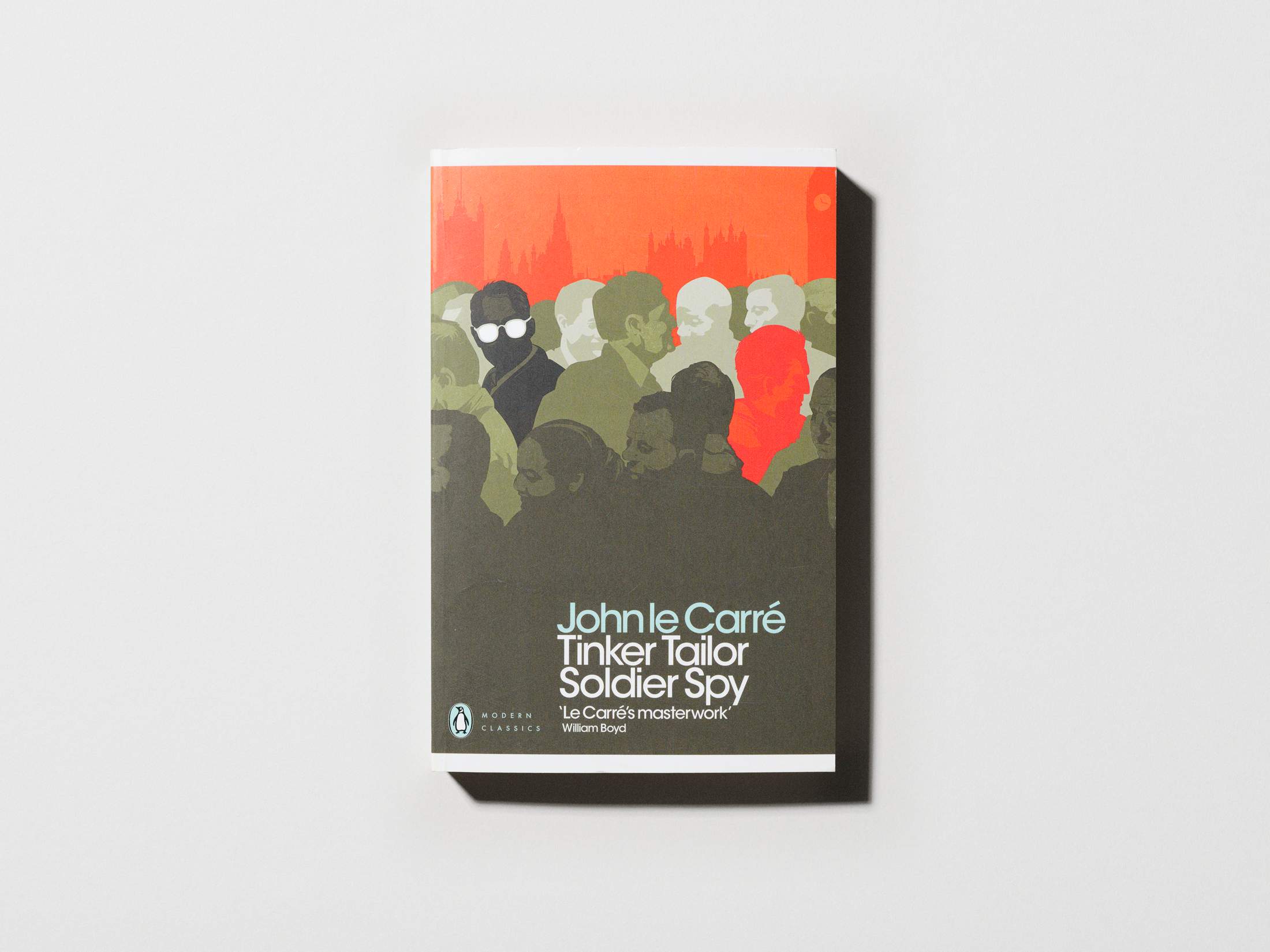
Patey is a former UK ambassador to Afghanistan.
12
photography
Alec Soth
‘Ravens’
by Masahisa Fukase
Ravens is a masterpiece of photographic sequencing that I return to whenever I need to remember why I became a photographer.
Soth is a photographer based in Minneapolis.
13
biography
Rosh Mahtani
‘Dance, Dance, Otherwise We Are Lost’
by Pina Bausch
The late choreographer Pina Bausch is one of my muses. This book is a treasure trove of interviews and photos from Tanztheater Wuppertal, where she worked. She explores the importance of tension and duality. There is something meditative about reading it time and time again.
Mahtani is the founder of jewellery brand Alighieri.
14
food
Erchen Chang
‘Cooking with Scorsese’
by Laura Snoad
This book sits at the intersection between cooking and cinema, inviting 46 experts from the culinary world to select a beloved film that inspires them to cook. Every film provides a window into chefs’ creative process. It makes me feel as though I’m embarking on whirlwind blind dates, getting to know their tastes and passions.

Chang is co-founder and creative director of Bao.
15
short stories
Jacob Kenedy
‘The Lady with the Laptop’
by Clive Sinclair
This collection of short stories by my stepdad is full of unexpected cultural collisions and the ironies that result from them. It is beautifully written, darkly amusing and sharply observed, yet also underpinned by a gentle melancholy and profound love.
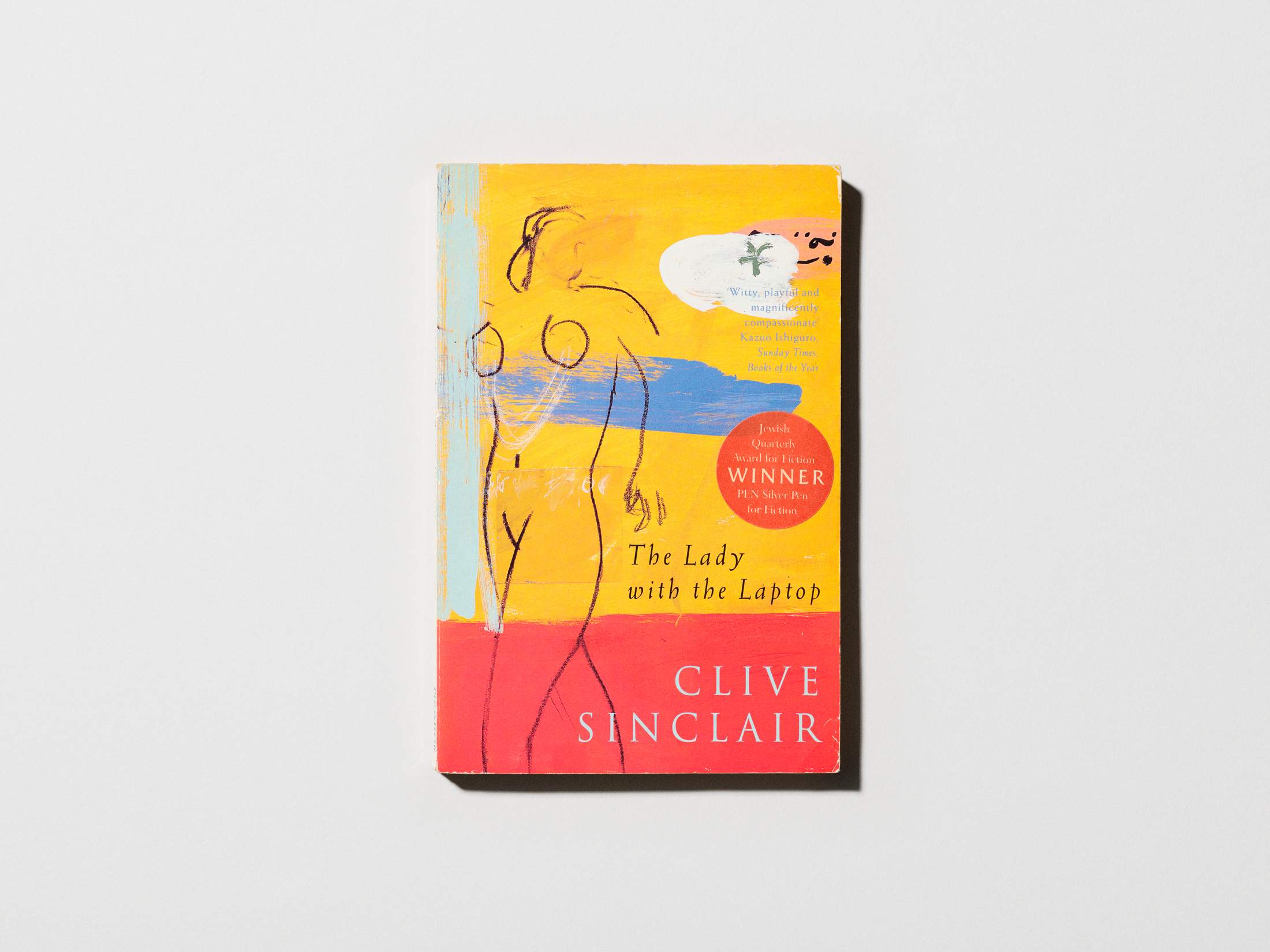
Kenedy is a chef and the owner of Bocca di Lupo.
16
fiction
Robert Bound
‘The Magus’
by John Fowles
The Magus, set on the fictional Greek island of Phraxos, is a weird, wonderful, trippy, sexy and psychotic tale of a young utopian being driven mad by a sorcerer under the baking Saronic sun in the 1960s. It is both a work of postmodern brilliance and a page-turning beach read that will send shivers down the spine despite the heat.
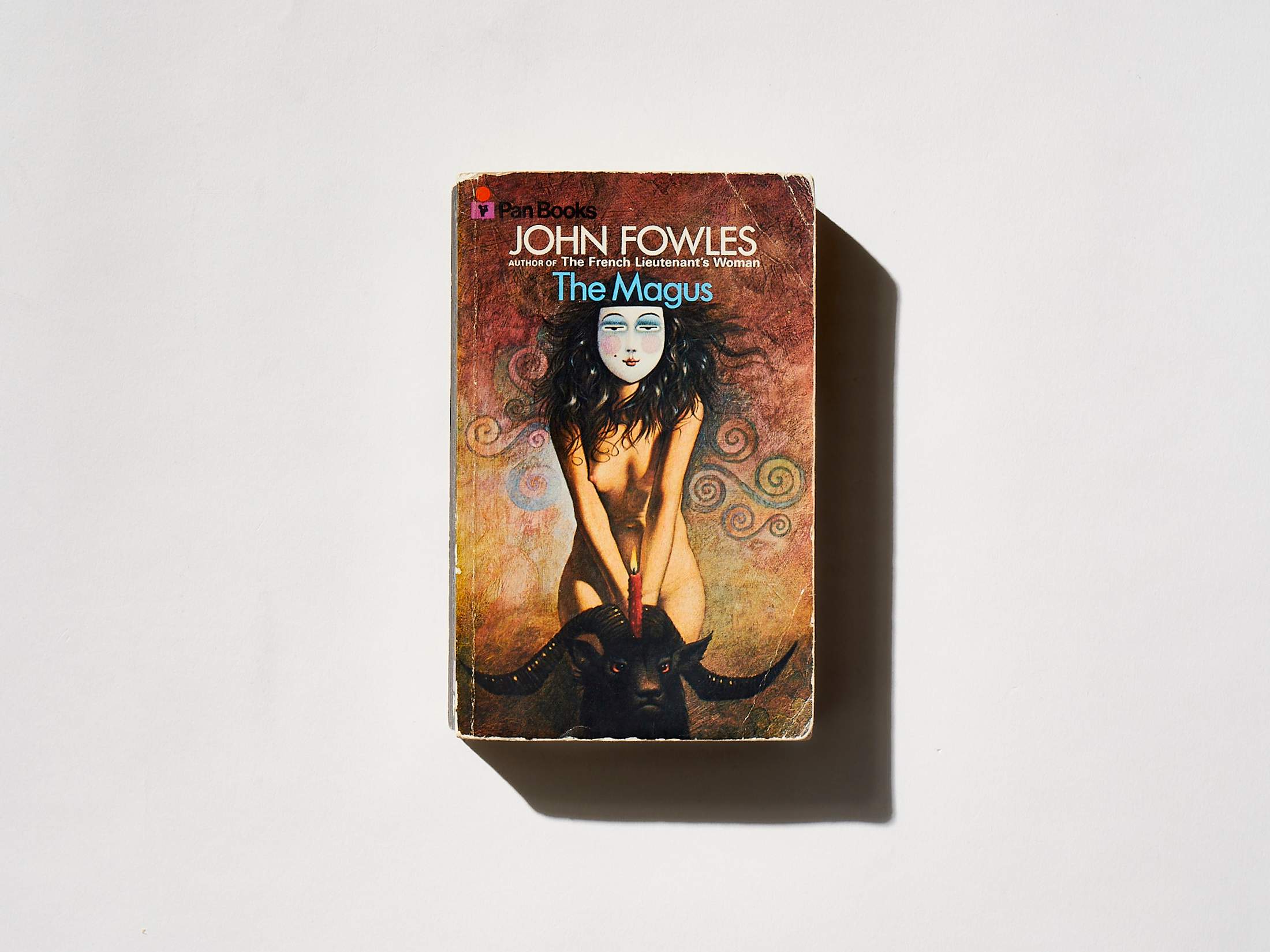
Bound presents Monocle on Culture on Monocle Radio.
17
fiction
Inès Longevial
‘Le Blé en Herbe’
by Colette
Colette paints with the written word, giving this text a sense of freedom. Her descriptions of colours are precise and poetic. She uses words as an intoxicating palette, drawing on the sublime and lending it to her characters. Reading this book, I rediscovered the sensuality of nature.
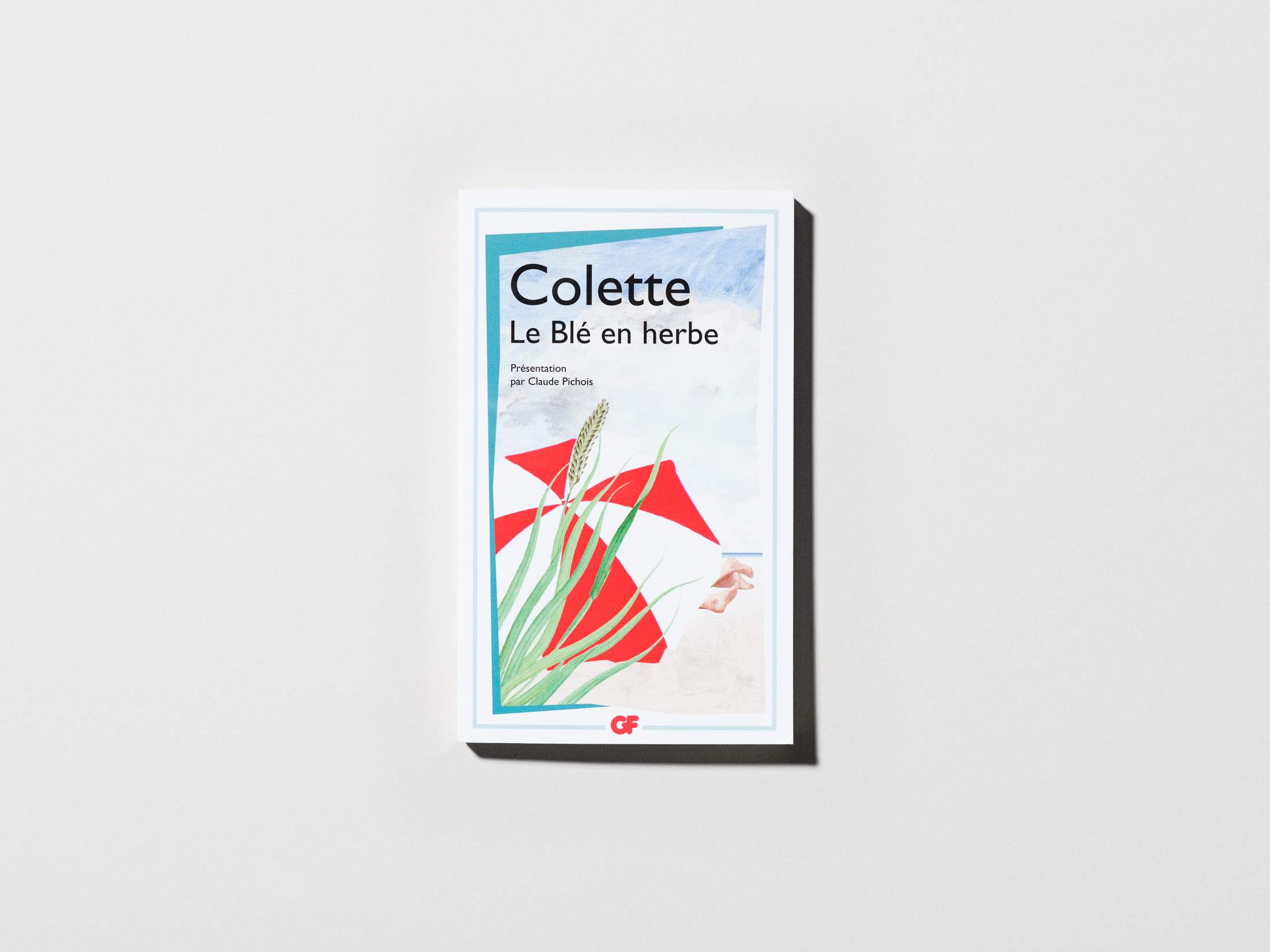
Longevial is a French painter based in Paris.
18
culture
Signe Bindslev Henriksen
‘In Praise of Shadows’
by Junichiro Tanizaki
This consists of 16 sections that discuss traditional Japanese aesthetics and the importance of paying attention to the small things that surround us.

Bindslev Henriksen is the co-founder of design studio Space Copenhagen.
19
design
Charles O Job
‘Everything but the Walls’
by Jasper Morrison
Jasper Morrison is one of the reasons that I started designing. Nobody else does simple, durable and functional products that are true to their materials like him. He manages to imbue his designs with an unmistakable, agelessly modern aesthetic.

Born in Lagos, Job is a Zürich-based architect and designer.
20
food
Ruth Rogers
‘The Essentials of Italian Cooking’
by Marcella Hazan
In the early years of becoming a cook, Marcella taught me so much of what I needed to know.
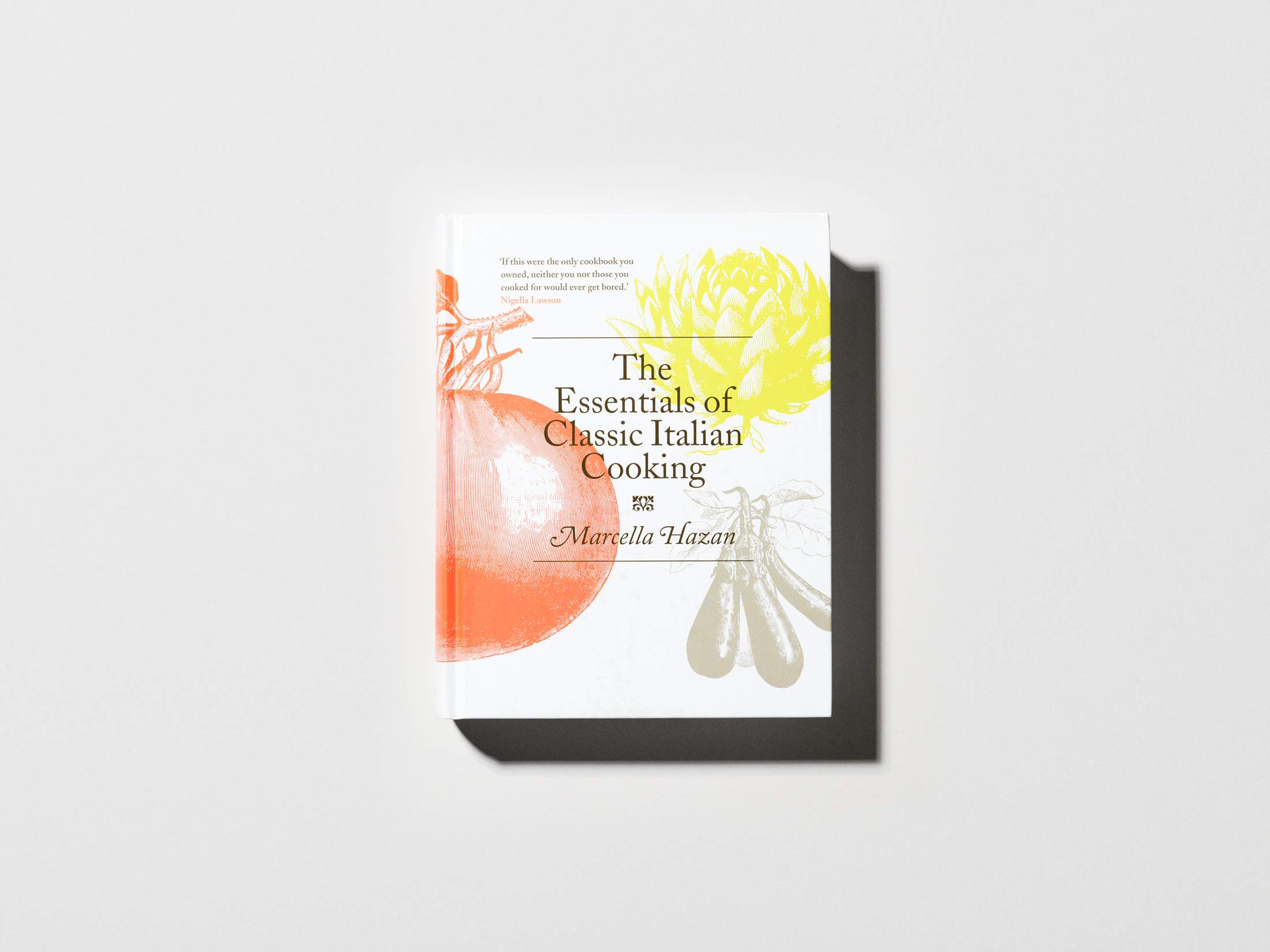
Rogers owns and runs Michelin-starred restaurant The River Café.
21
design
Richard Spencer Powell
‘Grid systems’
by Josef Müller-Brockmann
Josef Müller-Brockmann quite literally wrote the book on what came to be known as the International Typographic Style. This study on how grids aid design is as essential to designers as a dictionary is to writers – and your column widths wouldn’t be the same without it.
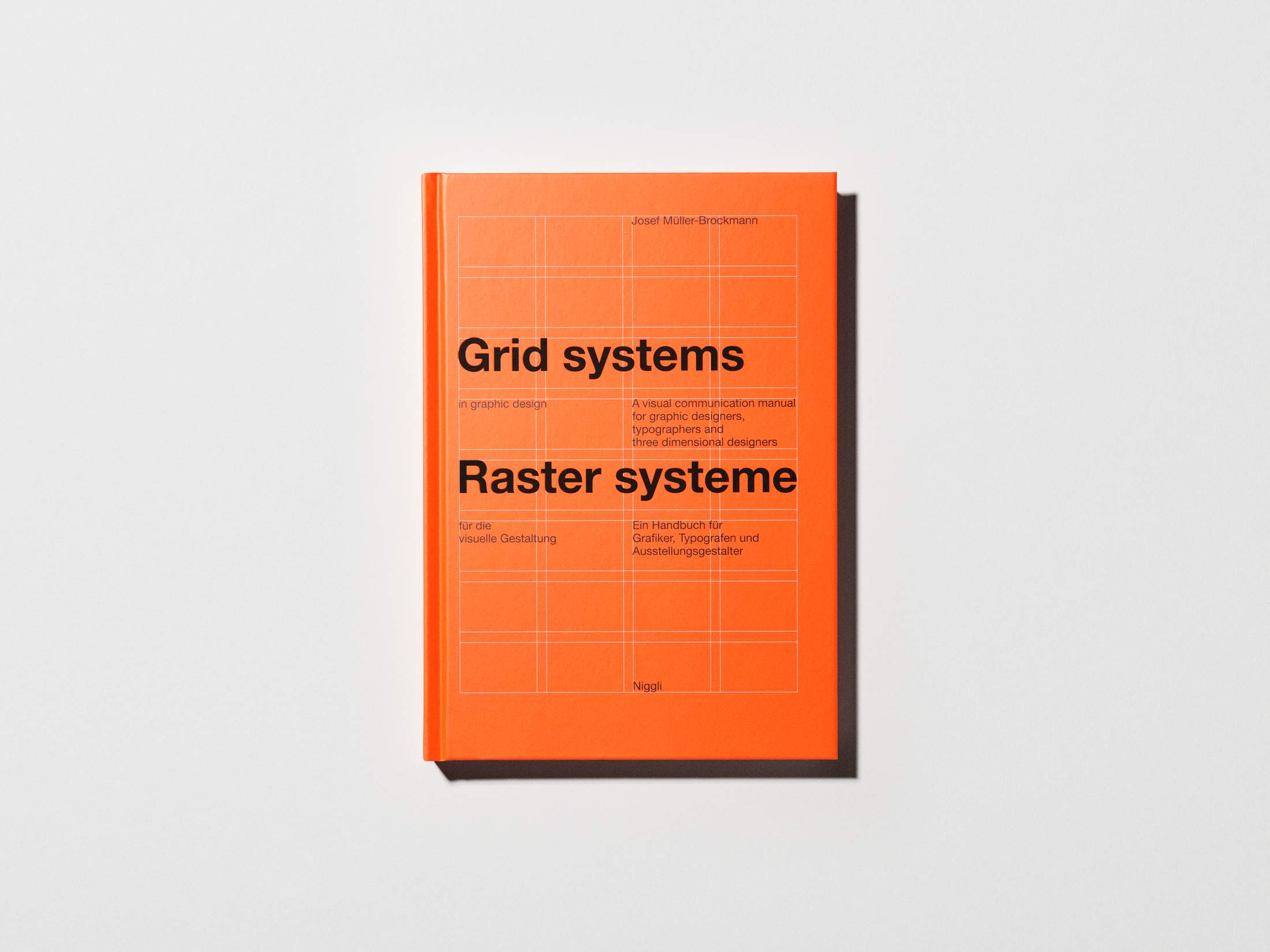
Powell is the monocle’s creative director.
22
non-fiction
Mariam Kamara
‘Les Identités Meurtrières’
by Amin Maalouf
I’ve never read a book of his that has not resonated with me. This one looks at how identities and allegiances get weaponised and how, in turn, we can become weapons that are then used against other people.
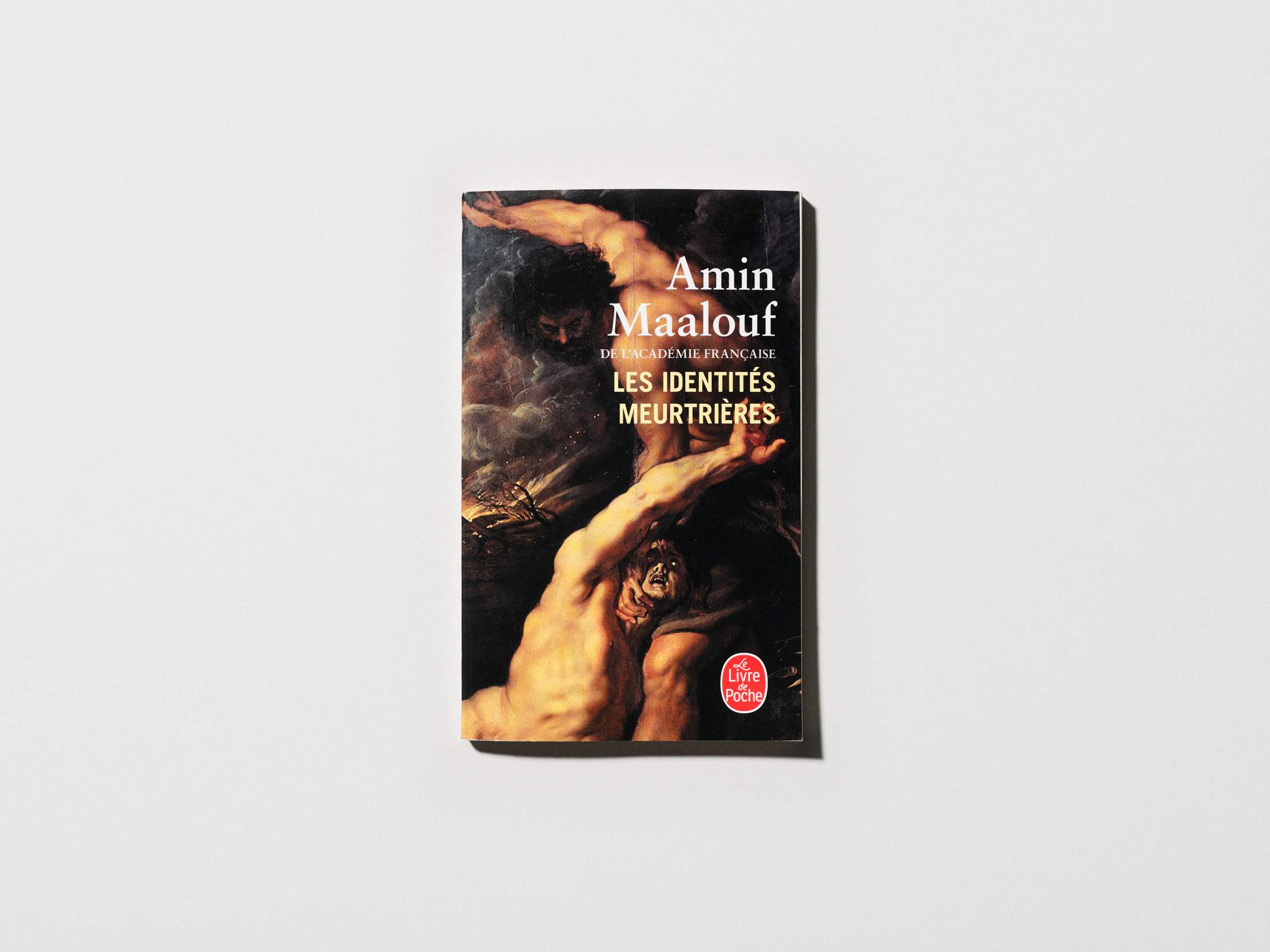
Kamara is a founder and principal of Atelier Masomi in Niamey, Niger.
23
historical fiction
Yassmin Abdel-Magied
‘River Spirit’
by Leila Aboulela
It’s difficult for me to choose my favourite book of all time but this is my current one, written by Sudanese writer Leila Aboulela. It’s a fantastic retelling of a pivotal moment in Sudan’s history, which is made all the more chilling by its relevance to today.

Abdel-Magied is a Sudanese–Australian presenter and writer.
24
fiction
Josh Fehnert
‘The Ginger Man’
by J P Donleavy
A ribald, at times reprehensible, tale of student misadventure scrawled across gloomy postwar Dublin and latterly a sparkly party in London. It’s a reminder of the power of words to stir, delight, frighten and amuse. Meet your protagonist for this tipsy, frivolous tale, the inimitably named Sebastian Dangerfield.
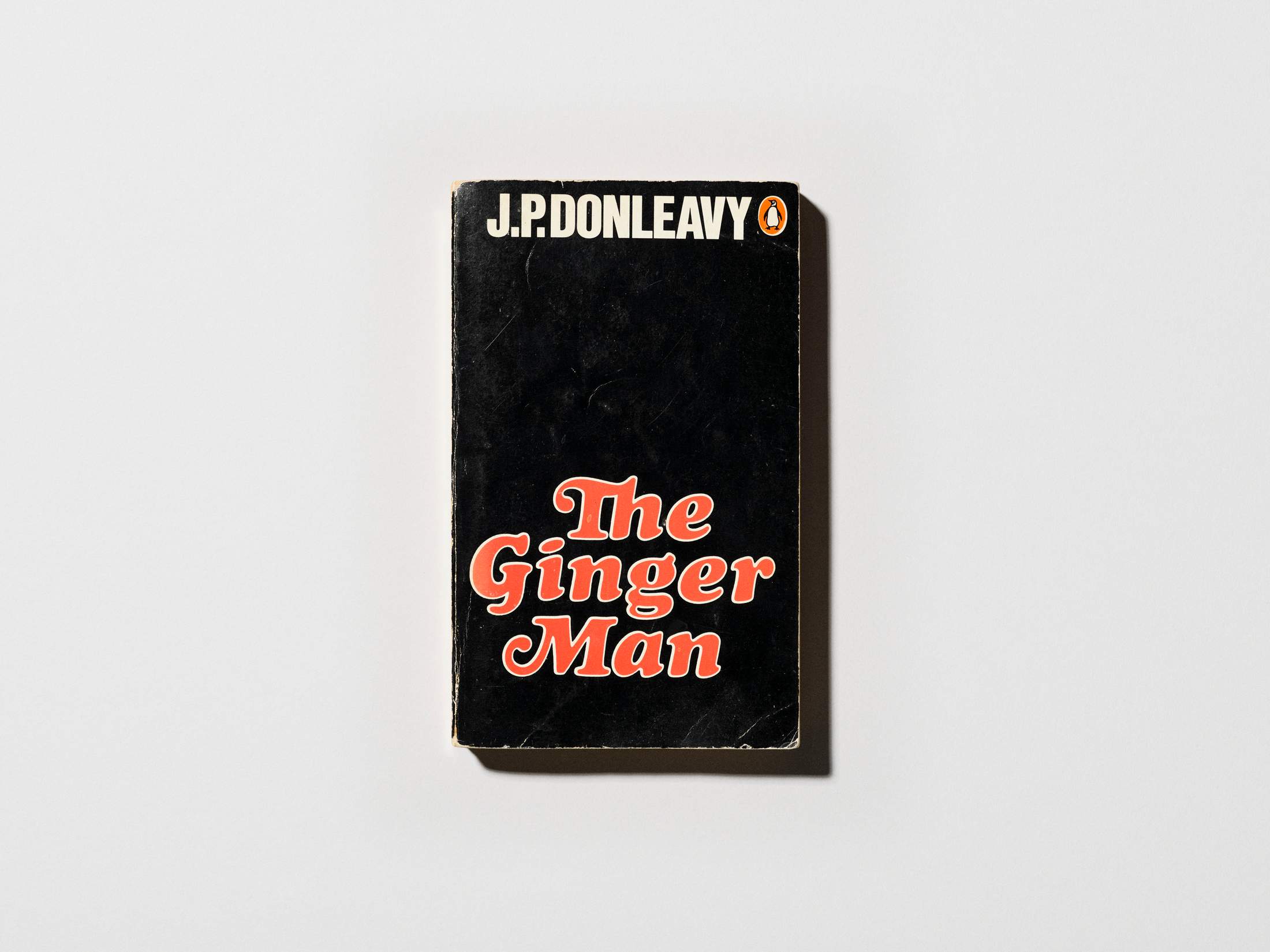
Fehnert is the editor of monocle.
25
art
Lesley A Martin
‘[2,3]’
by Tauba Auerbach
I never cease to be astounded and delighted by [2,3] by Tauba Auerbach. It’s a prime example of a “book as autonomous artform” – a medium-melting, slipcased set of pop-up sculptures that are masquerading as a book. A book disguised as a sculpture.
Martin is executive director of Printed Matter, a non-profit that promotes artists’ books to bring an increased visibility and appreciation to the field.
26
fiction
Brian Dillon
‘The Waves’
by Virginia Woolf
The Waves is Woolf’s most formally intense novel – spoken by six characters, with italicised, near-poetic interruptions – and a delicate but devastating meditation on the fragmentation of a human life. For some reason, I only read it in the summer.
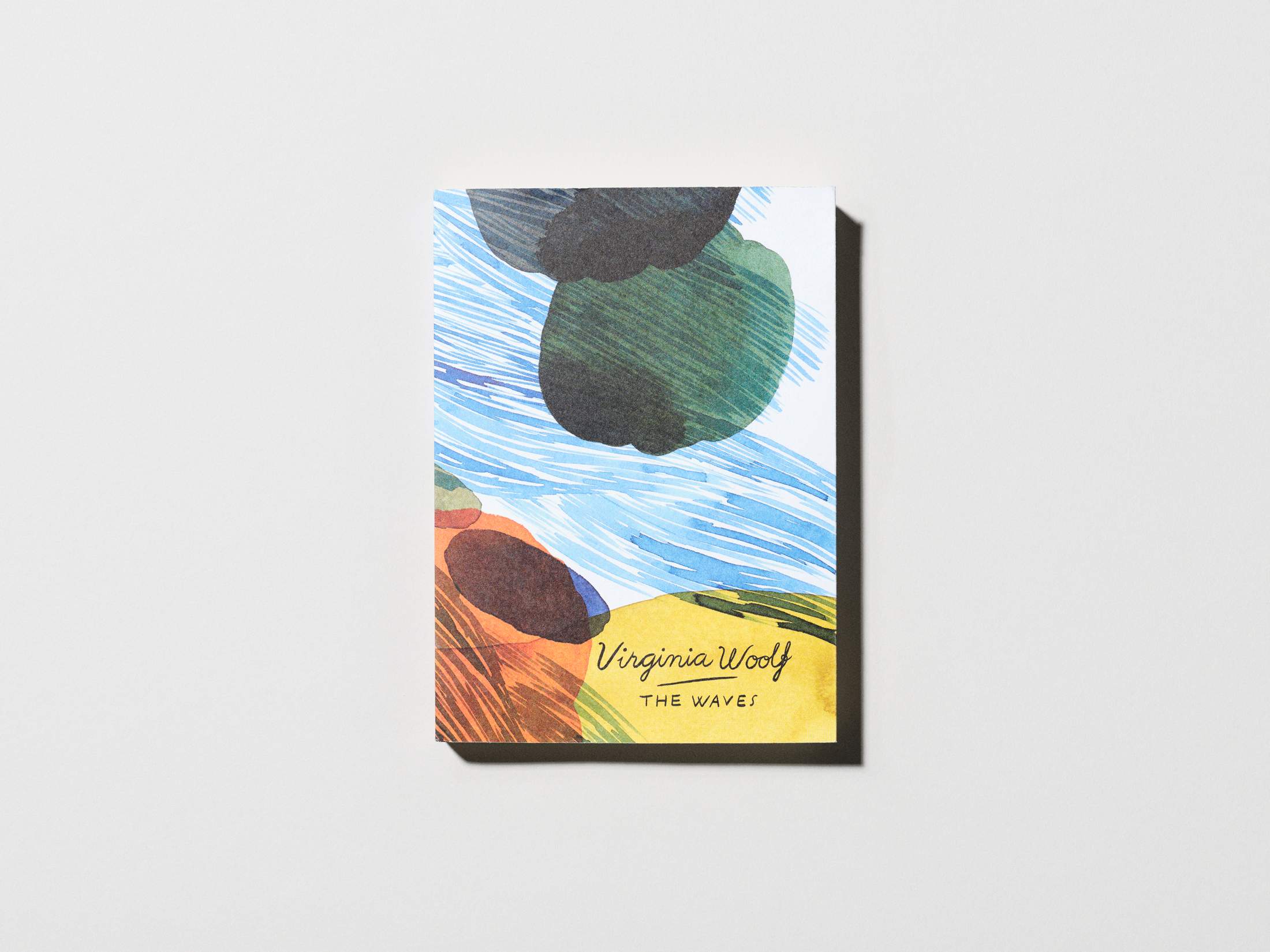
Dillon is an Irish art critic and the UK editor of Cabinet, an art and culture quarterly based in New York.
27
art
Susanne Kaufmann
‘Frida Kahlo: The Complete Paintings’
by Andrea Kettenmann
I am a huge admirer of Frida Kahlo’s work and this book not only shows her art in a stunning way but it also describes her as a person. Whenever I look through it, I am inspired by the themes and beautiful colours.

Kaufmann is the founder of the skincare and beauty brand Susanne Kaufmann.
28
architecture
Jan Strumiłło
‘How Buildings Learn’
by Stewart Brand
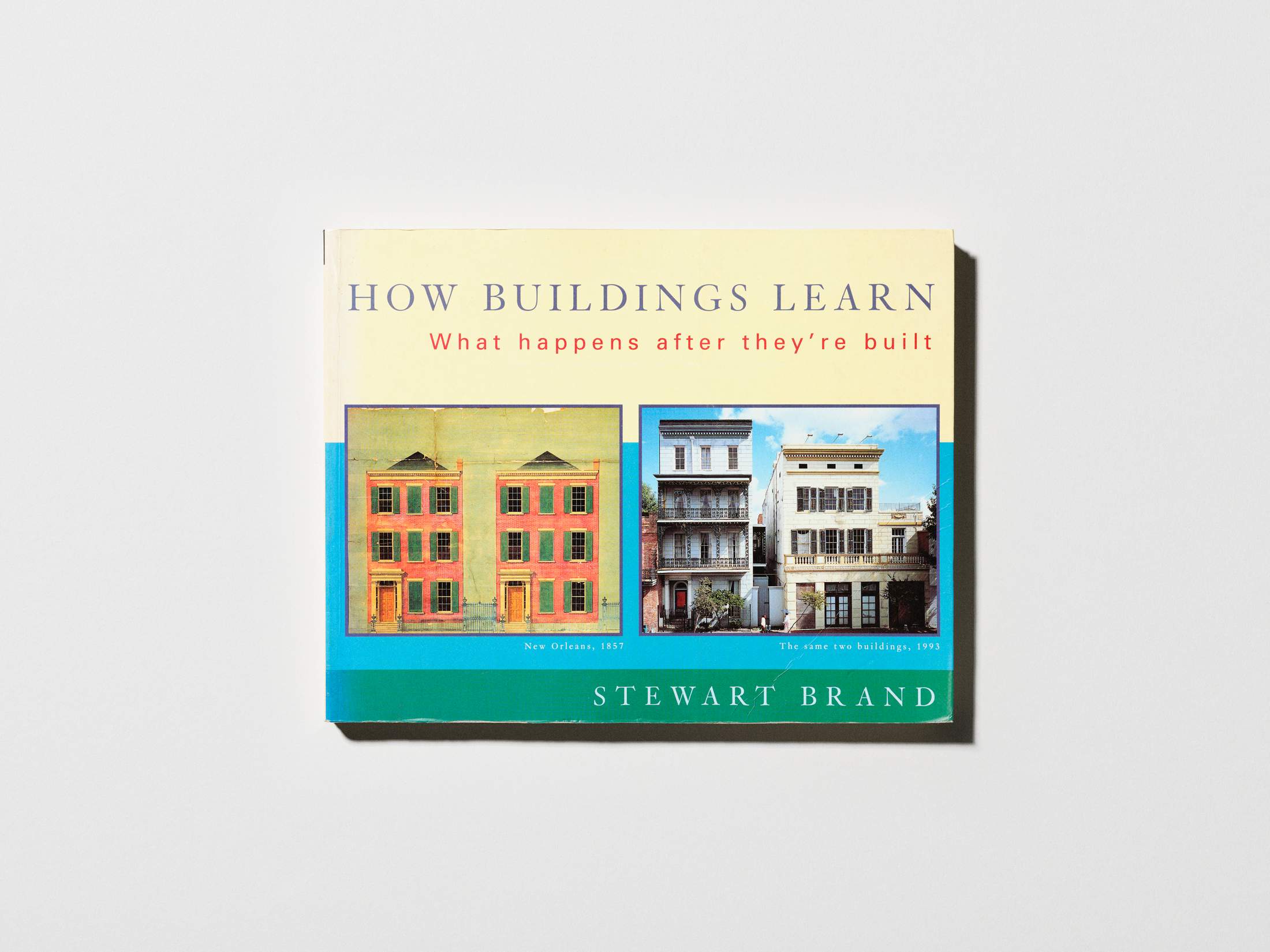
This book is a must for all architects, homeowners and anyone interested in buildings. But there is a caveat: reading it might completely alter the way you feel about design.
Strumiłło is a Polish architect with a Warsaw-based practice and resident architecture fellowship at the Akademie Schloss Solitude, Stuttgart.
the photo-book publishers:
Loose Joints
Marseille
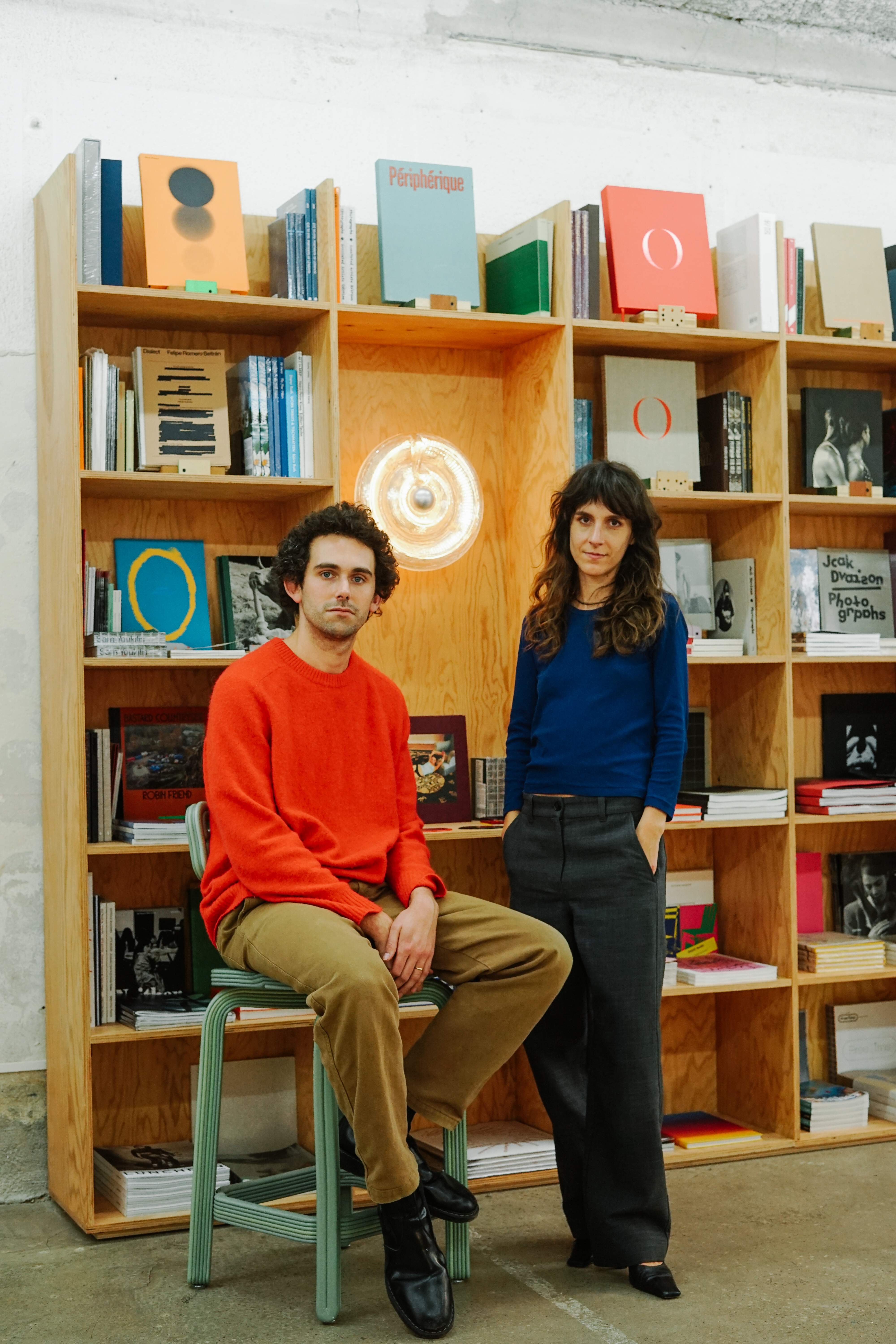
Anglo-French couple Lewis Chaplin and Sarah Piegay Espenon’s love of photography and design led them to found Loose Joints in London in 2015. Four years later, they moved the business to Marseille and opened Ensemble. Here, Lewis tells us about the art of book design and why independent publishers should champion new voices.
How did Loose Joints come about?
It began as a place for us to experiment with printed matter, then we started to reach out to other artists. Both of us engage quite a lot with photography in our careers and I’ve been self-publishing zines since I was about 16, so this has always been close to my heart.
What sorts of projects are you attracted to?
Most of our list is contemporary photographic projects – nearly always things that are new or unseen. Among the most important things that we’re looking for are new dialogues about photography and underrepresented voices, as well as people making their first significant statements about the world.
How does book design bring the project together?
Our books always start with the physical examination of what we’ve done before. We go through the paper samples, materials and bindings to give the books an identity through those kinds of physical choices, then let the rest of the design follow.
29
fiction
Joanna Biggs
‘A la Recherche du Temps Perdu’
by Marcel Proust
To be read in French or in the Scott Moncrieff translation. A gruelling, lush, strange reading experience that lives on in the mind for a long time, ripening, blooming and bringing pleasure for years.
Biggs is a writer and senior editor at Harper’s Magazine and the author of A Life of One’s Own: Nine Women Writers Begin Again.
30
photography
Orély Forestier
‘A Photographic Memory, 1968-1989’
by Peter Schlesinger
I love everything about this book: the colours, the light, the characters and the friendships depicted. The memories evoked conjure a sense of belonging similar to the way people feel about their vacation memories. It’s very moving.
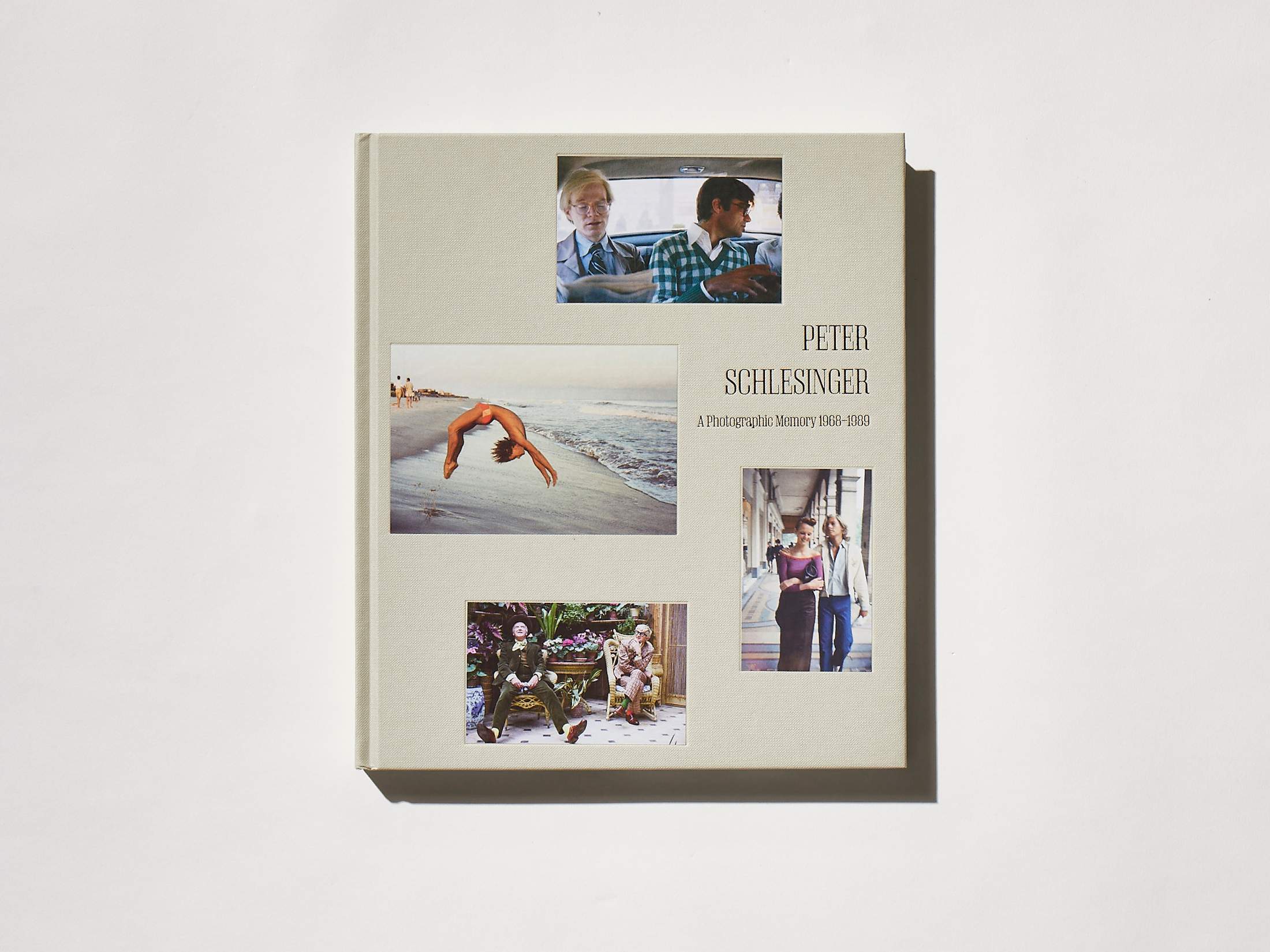
Forestier is a fashion designer and co-founder of La Fetiche, a Glasgow and Paris-based clothing brand.
the mover and shaker:
Jacaranda Literary Agency
Singapore
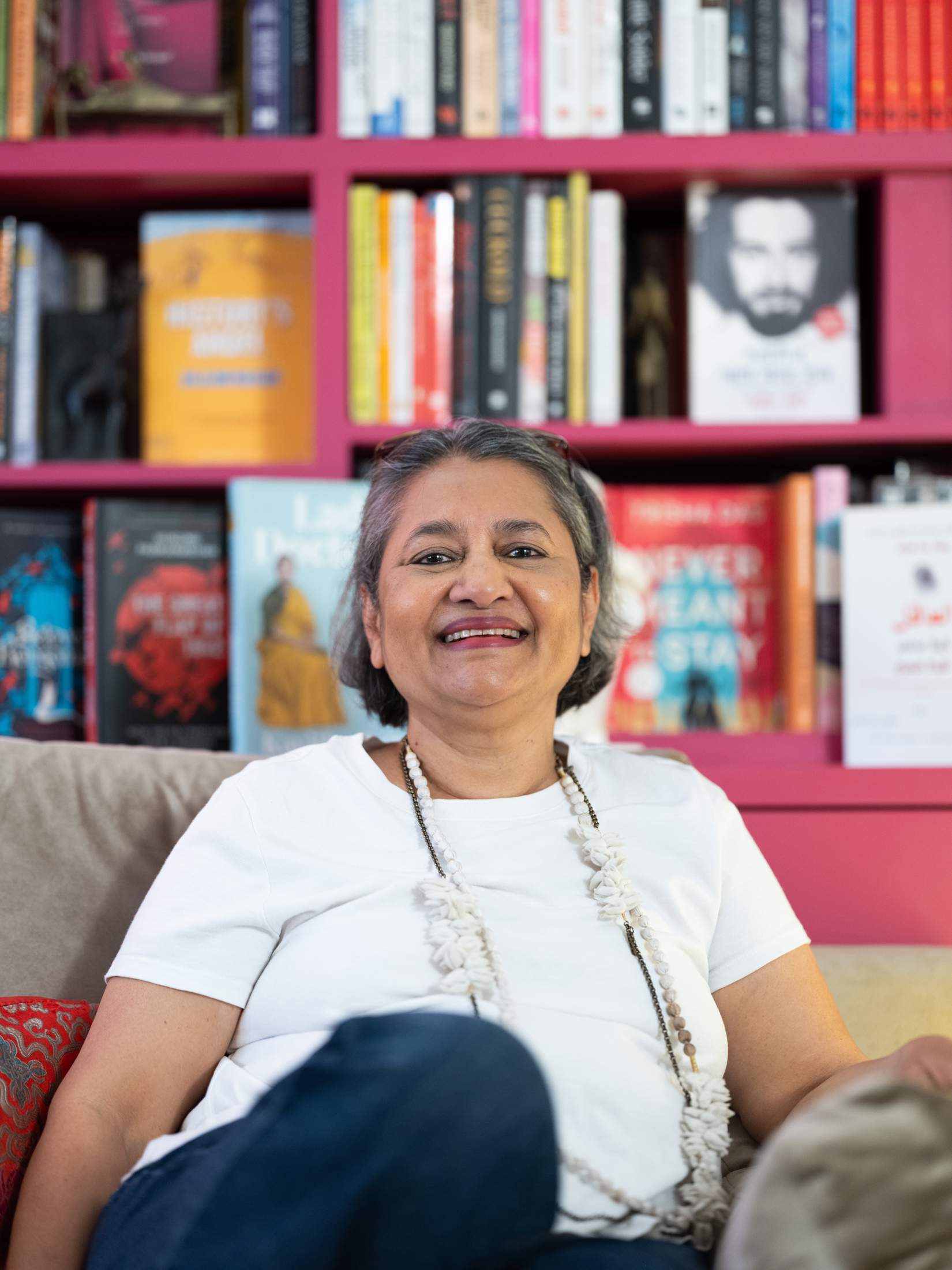
When Jayapriya Vasudevan launched Jacaranda Literary Agency in 1997, she was among India’s first agents in the sector. After moving to Singapore, she established the agency’s official headquarters there in 2010. Today her company has a team of four full-time agents representing 40 fiction and nonfiction authors from all over the world. It is the only literary agency in Singapore. “It’s a good place to be because it’s a melting pot of cultures,” she says. “You’re exposed to so many kinds of writing.”
Most of Vasudevan’s clients are from Asia but the agency’s list includes writers from Nigeria, Kenya, Australia and the UK. “We’re not driven by geography as much as by books that we like,” she says. “We bring to our list a fair amount of diversity. We’re interested in regional work.”
Vasudevan has now moved back to Bengaluru, while her colleagues are in the UK, Singapore and New York. Jacaranda’s geographical breadth helps it to discover emerging authors in a variety of countries. Vasudevan says that works in translation have become one of her “biggest joys”. Now that she’s back in India, working remotely for Jacaranda, she has a large list of Indian authors but she has also pushed for first-time translations of English-language authors such as Mitch Albom and Noah Yuval Harari, negotiating contracts for versions of their bestsellers in Bengali, Hindi, Urdu and Tamil. “It’s terribly exciting to do,” says Vasudevan.
31
music
Shain Shapiro
‘How Music Works’
by David Byrne
This is an expansive outline of why music matters and why it should feel relevant to all of us. It is a text that I hope everyone will read.
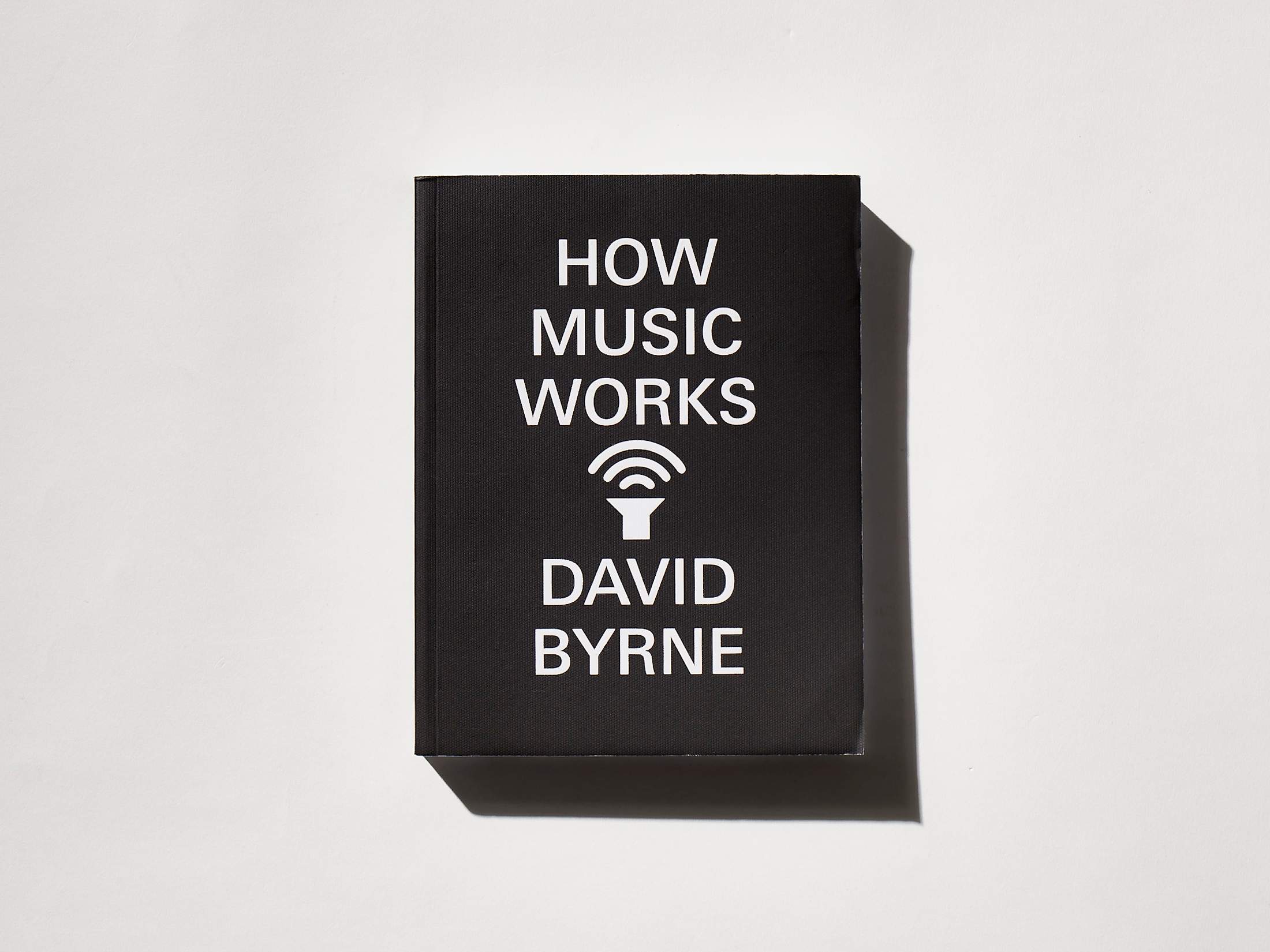
Shapiro is the founder of economics consultancy Sound Diplomacy and director of the non-profit Centre for Music Ecosystems. He is also the author of This Must Be the Place: How Music Can Make Your City Better.
32
fiction
Talia Loubaton
‘Belle du Seigneur’
by Albert Cohen
There isn’t anything even close to Cohen’s writing. The freedom and modernity of his style are unique to him. I love the protagonist, Solal. His exuberance, cynicism and pretend vanity make him complex and charismatic.
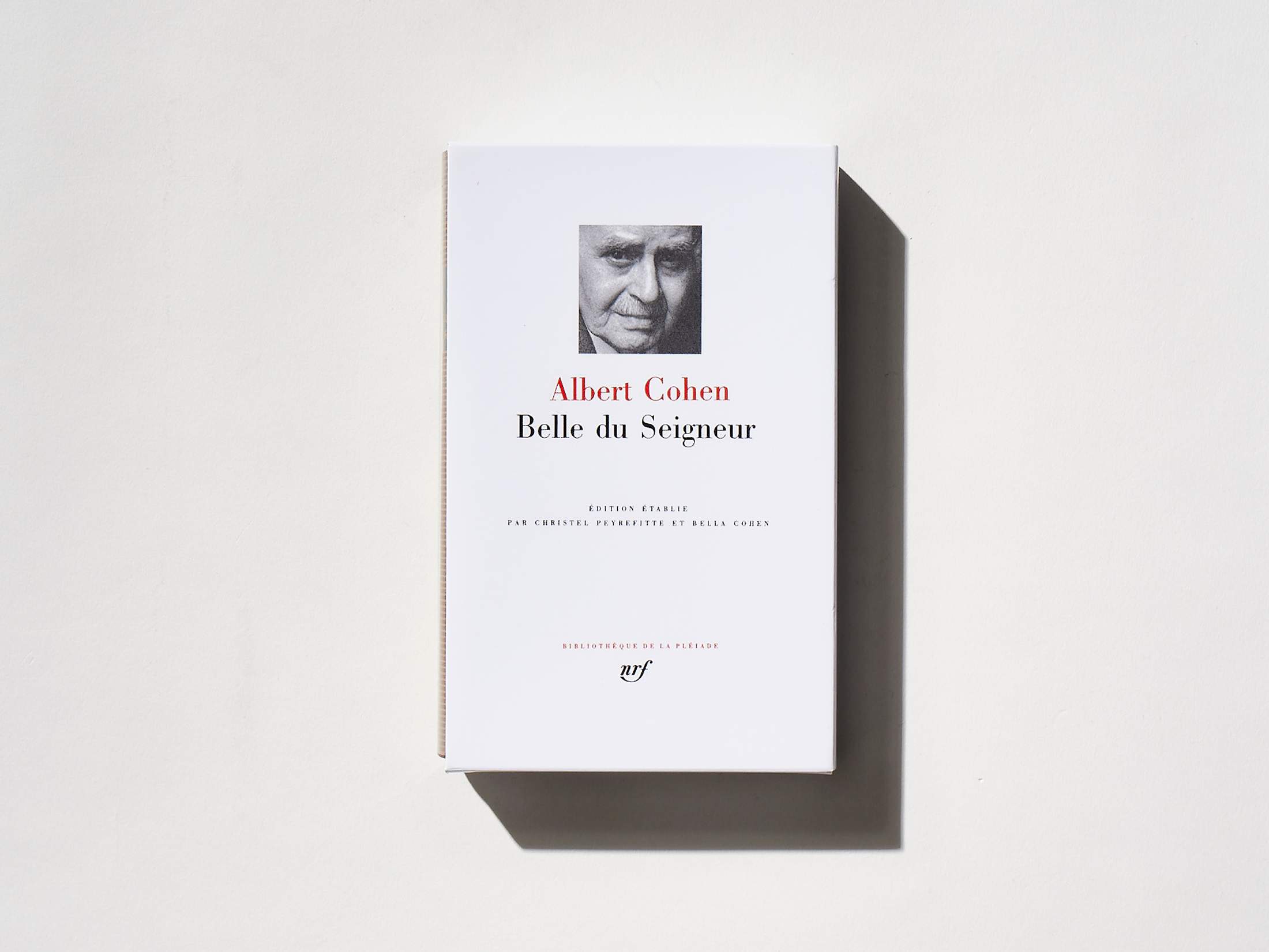
Loubaton is the creative director and designer of the fashion brand Liberowe.
33
fiction
Maja Ganszyniec
‘The Summer Book’
by Tove Jansson
This little gem presents a gentle, universal story about the love between a grandmother and her granddaughter who spend the summer on an island in Finland. It consists of a series of glimpses paired with seemingly chaotic scenes that are almost overwhelming. It’s as if it were woven from spiders’ webs, grass, water and voices heard across from across a field.
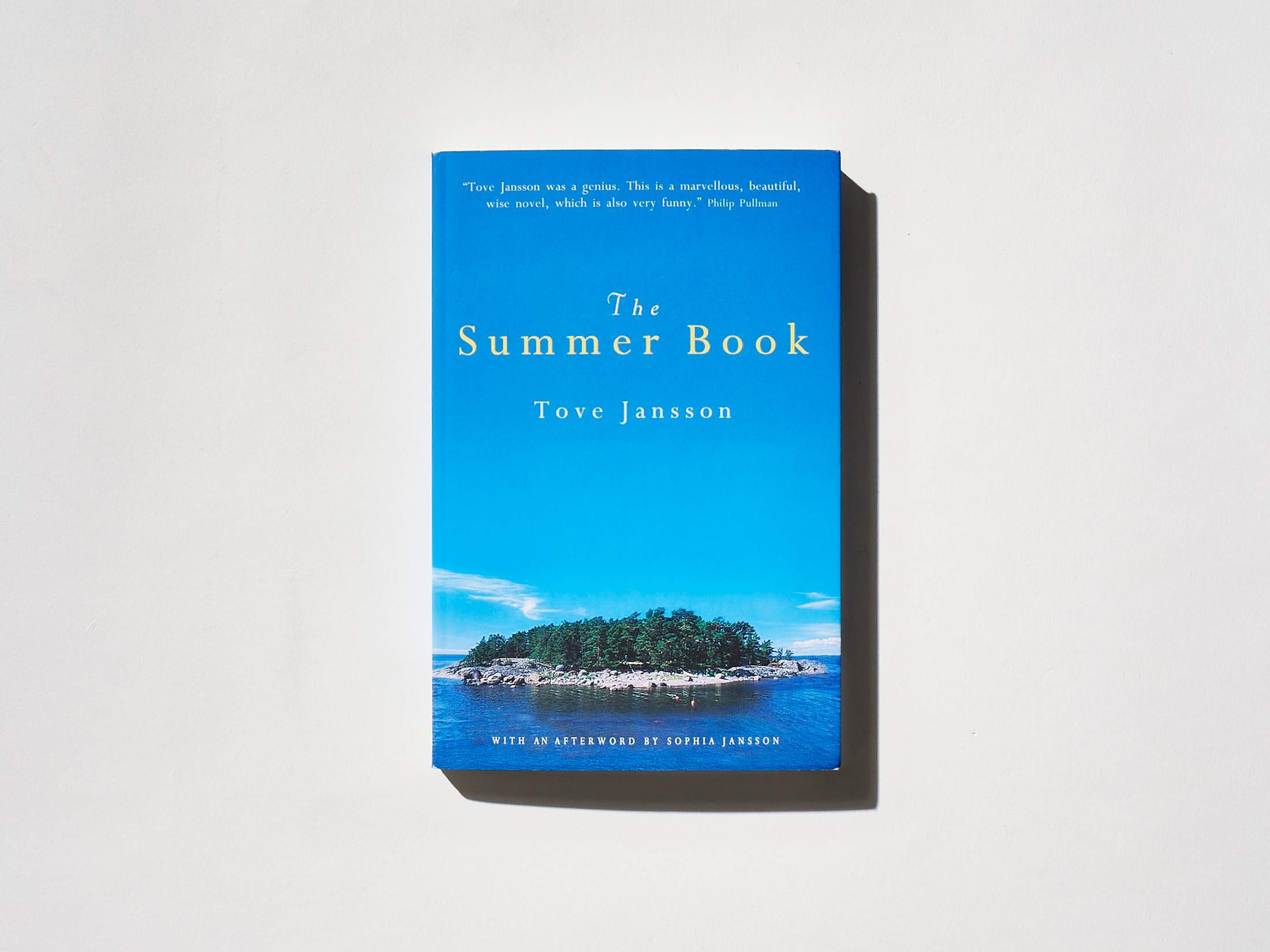
Ganszyniec is a Polish designer based in Warsaw.
34
philosophy
Perla Servan-Schreiber
‘De l’autre côté du désespoir’
by André Comte Sponville
This book introduces the ideas of Indian sage Svâmi Prajnânpad. His thoughts can be summed up in five words: the joyful acceptance of reality.

Servan-Schreiber was born in Fez and moved to Paris to relaunch Psychologies magazine with her husband, Jean-Louis Servan-Schreiber.
35
economics
Tosin Oshinowo
‘Scarcity’
by Fredrik Albritton Jonsson & Carl Wennerlind
A book that looks at how economic scarcity has shaped our modern world, demonstrating that the model wasn’t inevitable. It enlightens on capitalism, consumption and climate change.
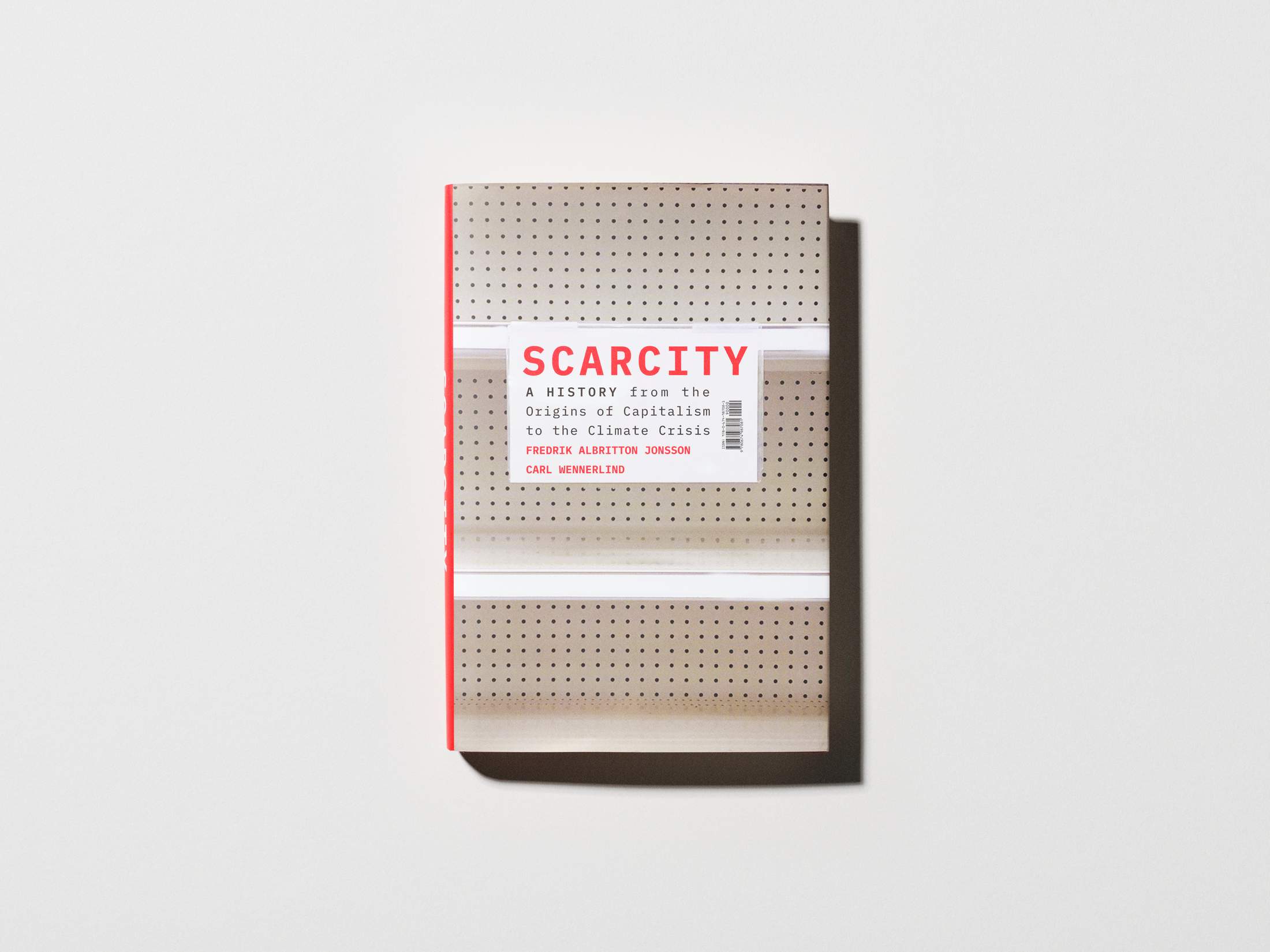
Oshinowo is a Nigerian architect and designer based in Lagos.
36
psychology
Nora Fehlbaum
‘The Art of Gathering’
by Priya Parker
I’m a firm believer in the office as a place for learning, creative exchange and, yes, meetings. The Art of Gathering has increased my awareness of the signals that we send when organising events. Inspired by this book, at Vitra we have made adjustments to the schedule and location of our management team sessions.
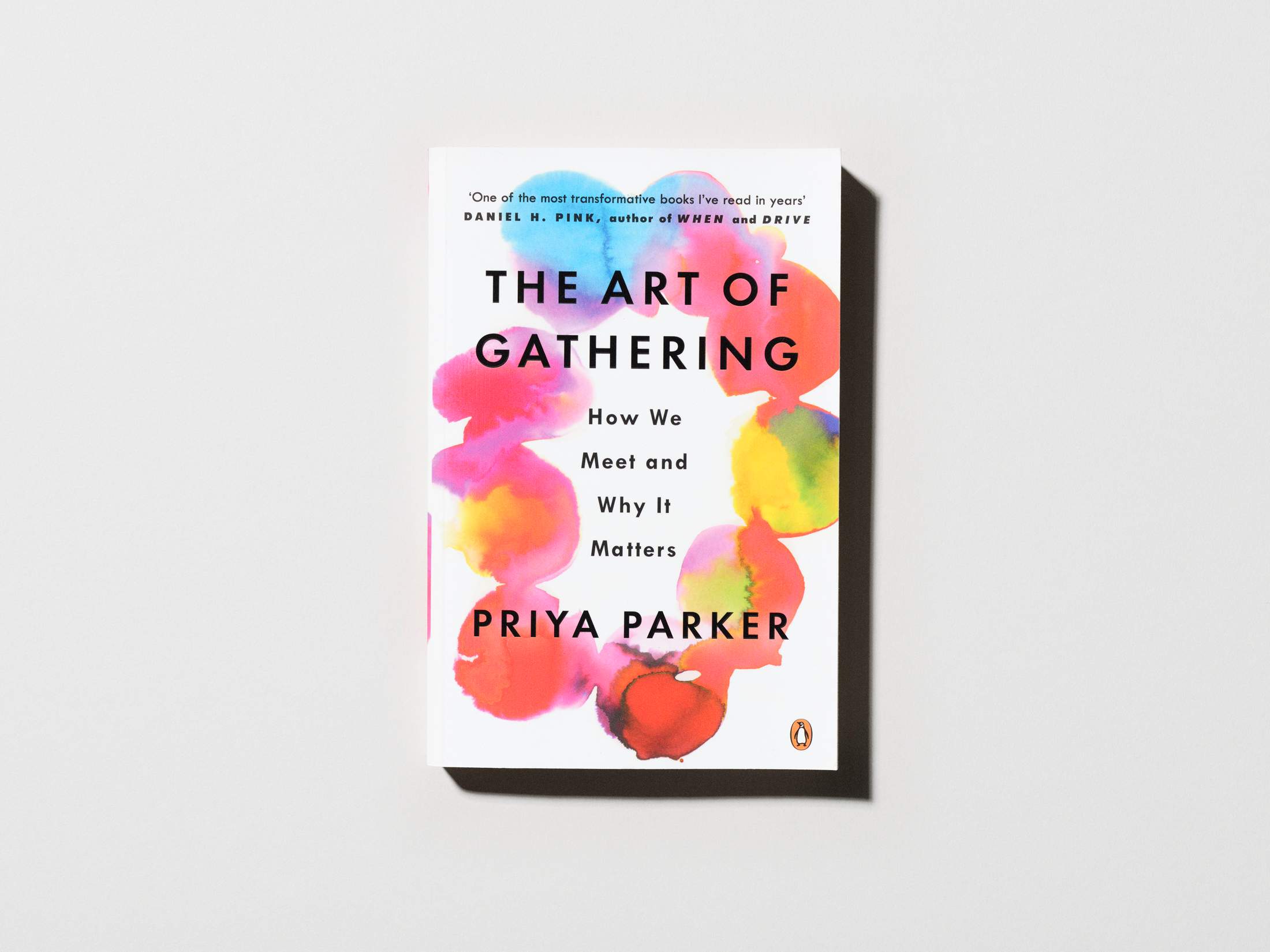
Fehlbaum is the ceo of Swiss furniture brand Vitra.
37
poetry
Nada Ghazal
‘The Prophet’
by Kahlil Gibran
Published in 1923 and translated into more than 100 languages, The Prophet has never gone out of print. Consisting of 26 prose poems, it offers profound insights on love, marriage, work, joy and sorrow. It speaks to people at different stages of their lives. The more I read it, the more I see how meaningful it is.
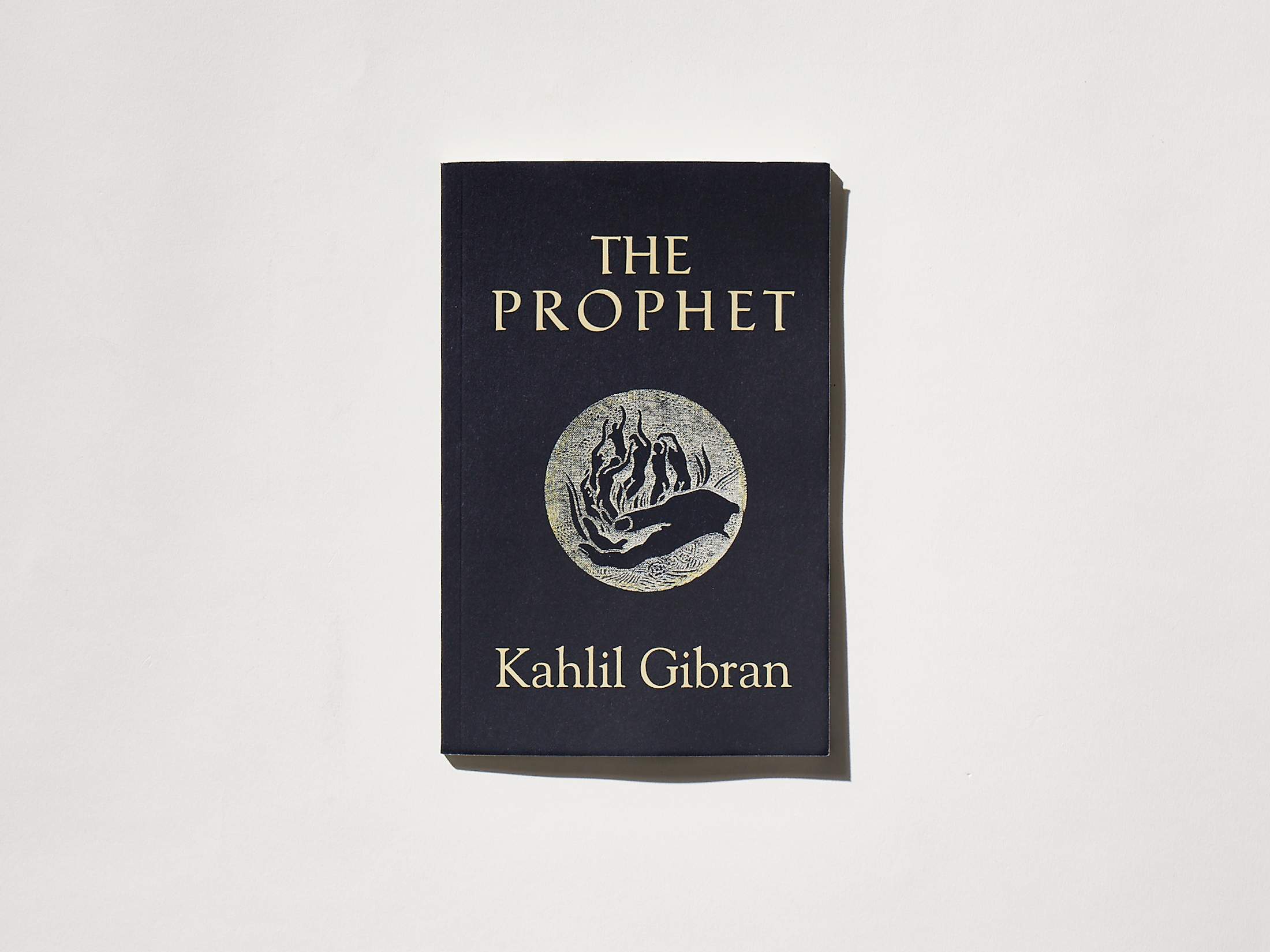
Born in Beirut, Ghazal is the founder and creative director of jewellery brand Nada Ghazal.
38
food
Anissa Helou
‘Les Secrets des Cuisines en Terre Marocaine’
by Zette Guinaudeau-Franc
Though Guinaudeau-Franc was French, she became so familiar with Moroccan cuisine that she wrote a book about it. Essential reading for anyone interested in Moroccan food.
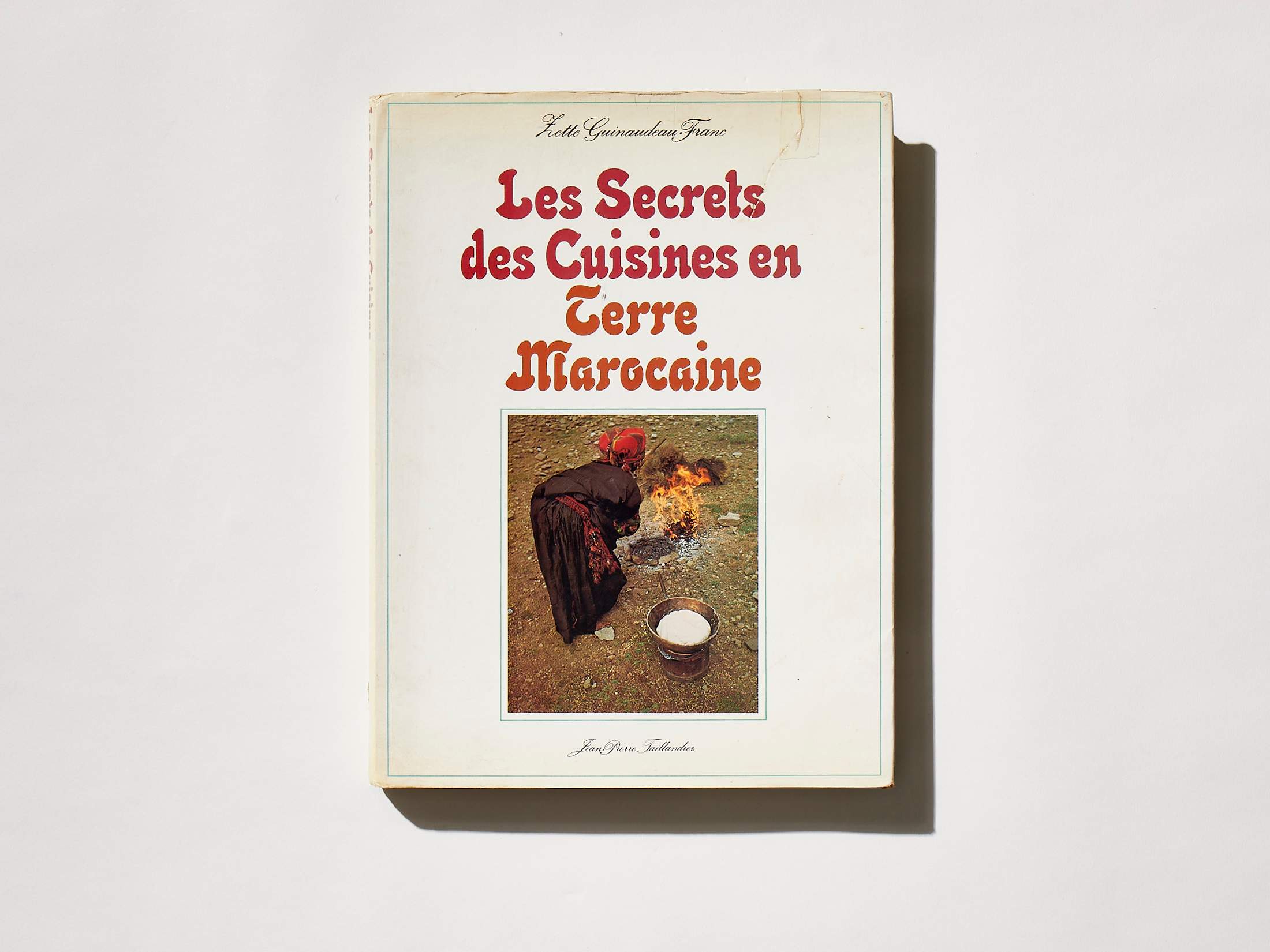
Lebanese chef Helou specialises in Mediterranean, Middle Eastern and north African cuisines.
39
fashion
Natalie Theodosi
‘Chic Savages’
by John Fairchild
This book takes a behind-the-scenes look at the lives of some of the 20th century’s greatest fashion designers, from Karl Lagerfeld to Giorgio Armani and the high-profile clients who drive their businesses. It brings together observations on class, style and business, all delivered in New York publisher John Fairchild’s humorous, at times cutthroat, style.
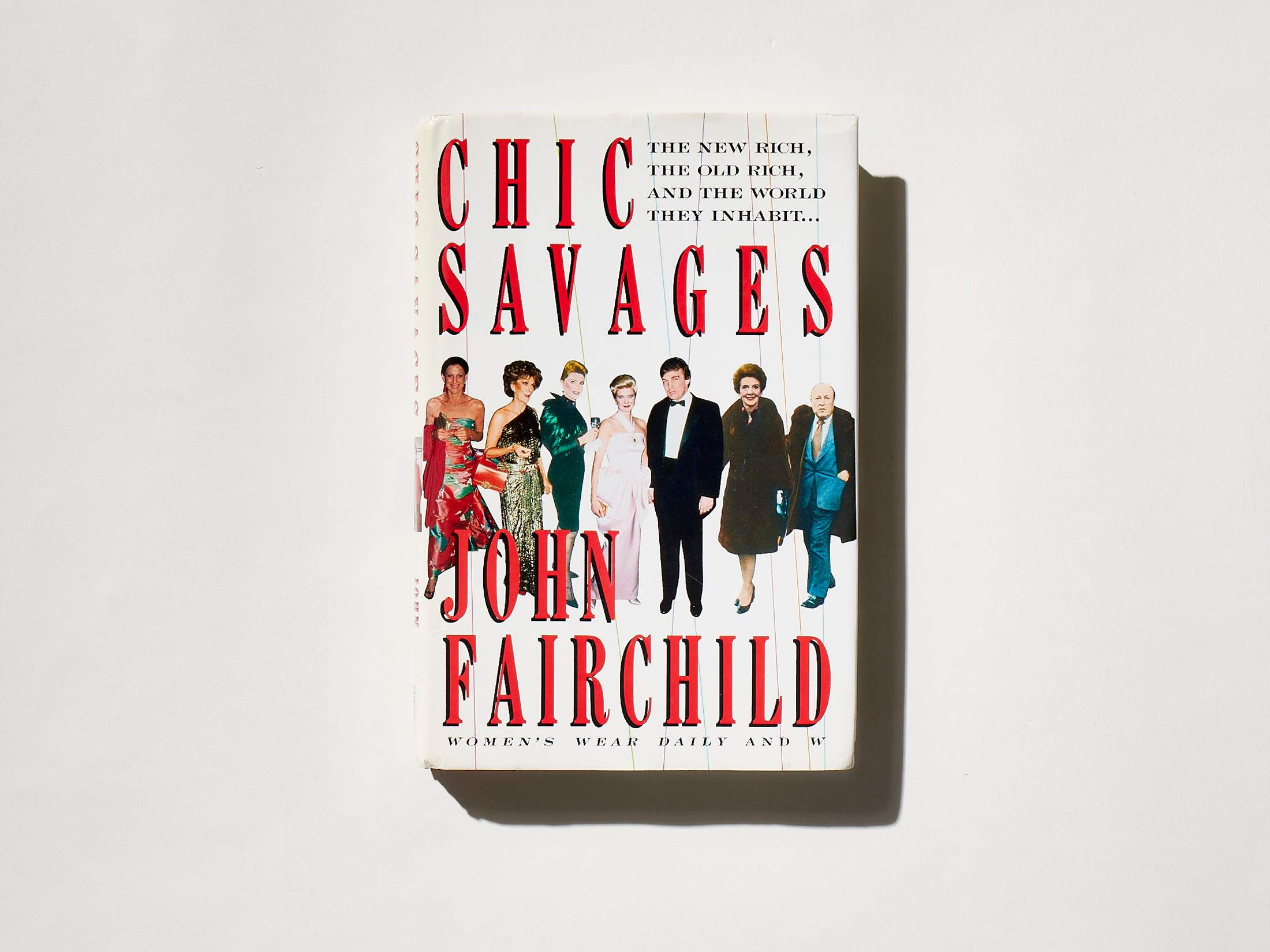
Theodosi is monocle’s fashion director.
40
fiction
Jukka Siukosaari
‘Där vi en gång gått’
by Kjell Westö
A masterpiece from a traumatic period in Finland’s history, which begins at the start of 20th century, unfolds through the civil war in 1918 and culminates on the eve of the Winter War in the late 1930s. Westö’s characters are from different parts of Finnish society and bring Helsinki’s past to life, while showing how the capital has grown and changed.
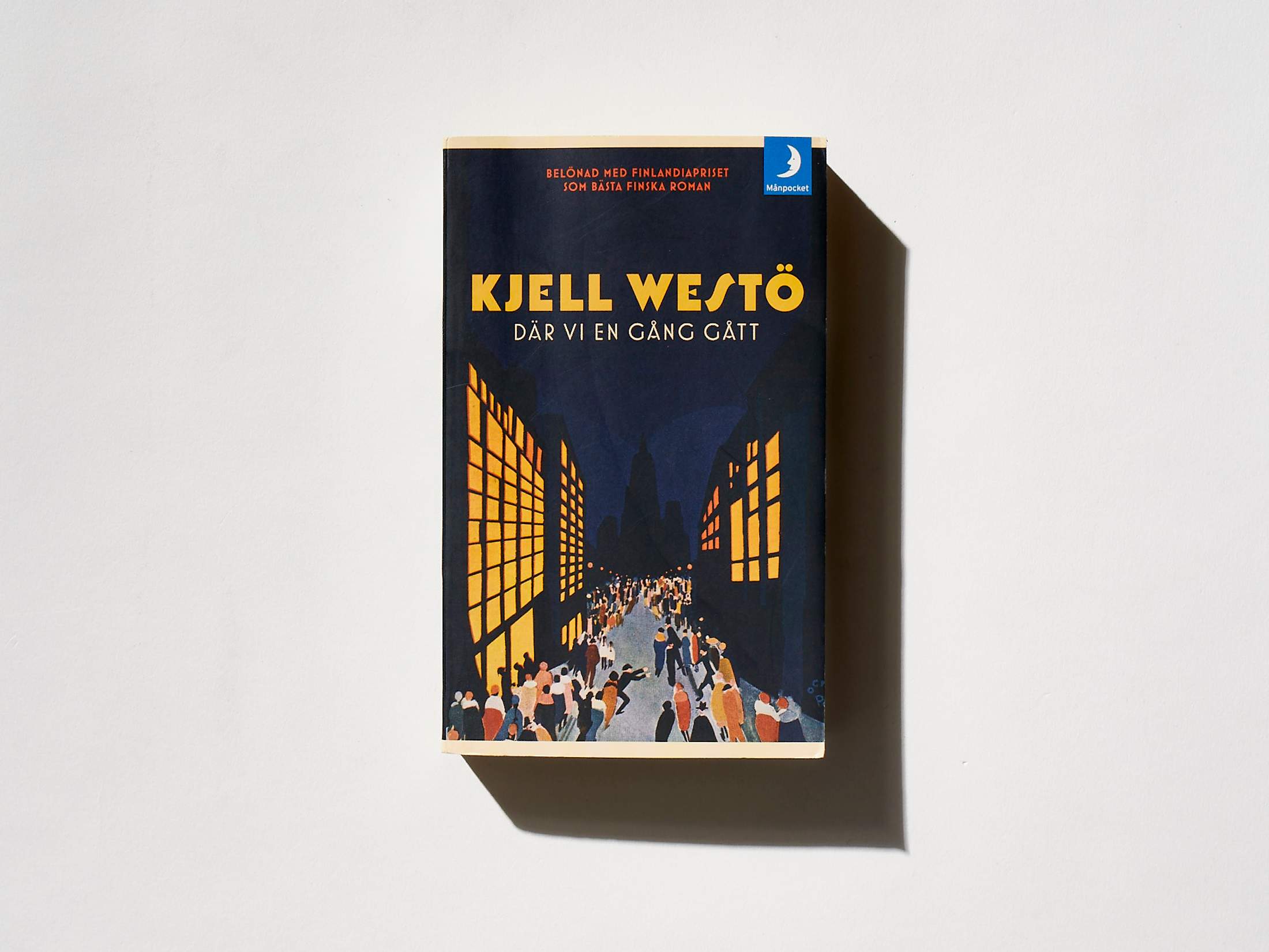
Siukosaari is Finland’s ambassador to the UK.
41
design
Nic Monisse
‘A Pattern Language’
by Christopher Alexander
Since its publication in 1977, A Pattern Language has served as a guide for designers seeking to build cities and homes that are lasting in their appeal. It provides a code for breaking down the places we live, showing how small decisions can have big knock-on effects on residents’ quality of life.
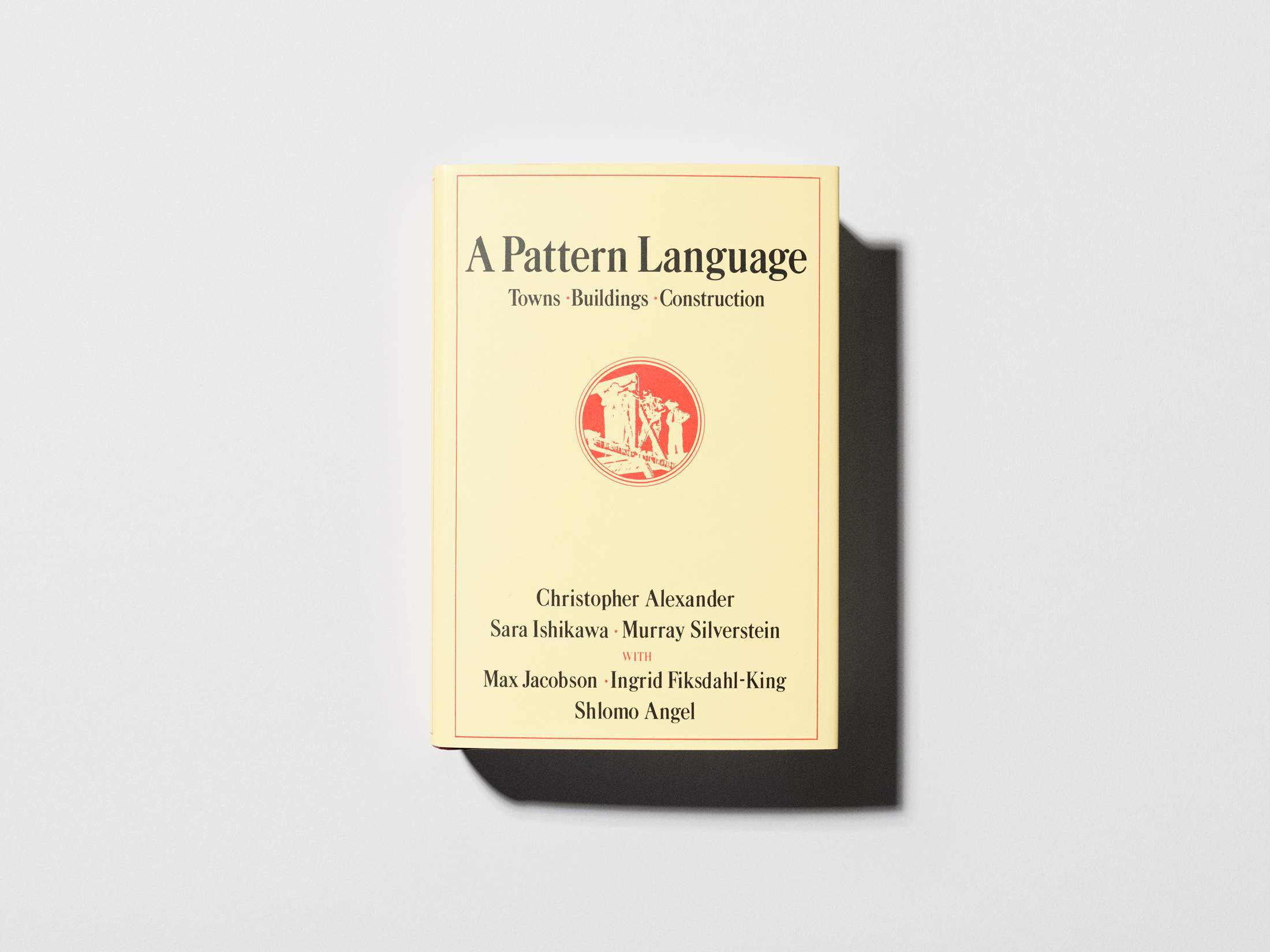
Monisse is monocle’s design editor.
42
essays
Laufey
‘Slouching Towards Bethlehem’
by Joan Didion
This book’s title is derived from a poem by William Yeats and it’s a phrase used to describe the slow coming of an apocalyptic revelation that will change the world. That might sound quite heavy but I found the book to be comforting. Joan Didion’s voice kept me company while I adjusted to life after moving alone to Los Angeles.

Laufey is a Grammy Award-winning musician.
43
autobiography
Scholastique Mukasonga
‘Night’
by Elie Wiesel
Holocaust survivor Elie Wiesel wrote in order to fight against oblivion. This is what led me to writing too, as a survivor of the Tutsi genocide in 1994 in which 37 members of my family were murdered.
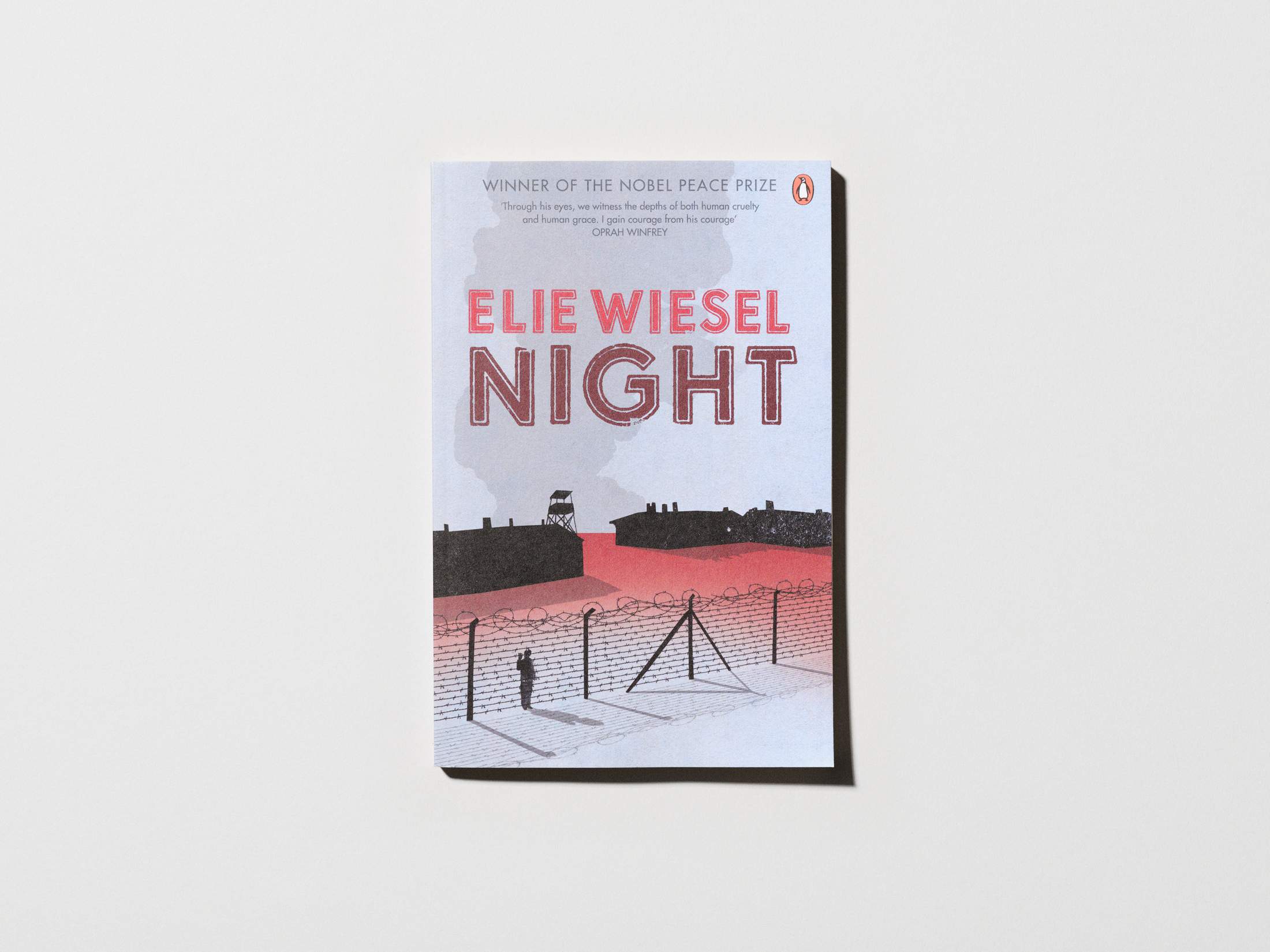
Mukasonga is a French-Rwandan author. In 2012 she won the Prix Renaudot for her first novel, Our Lady of the Nile.
44
fiction
Mariana Enriquez
‘Blood Meridian’
by Cormac McCarthy
This is a study of evil and violence like no other. The first time I read it, I didn’t fully understand it but was horrified and shaken. Here, violence is explored in words that are solemn and beautiful.
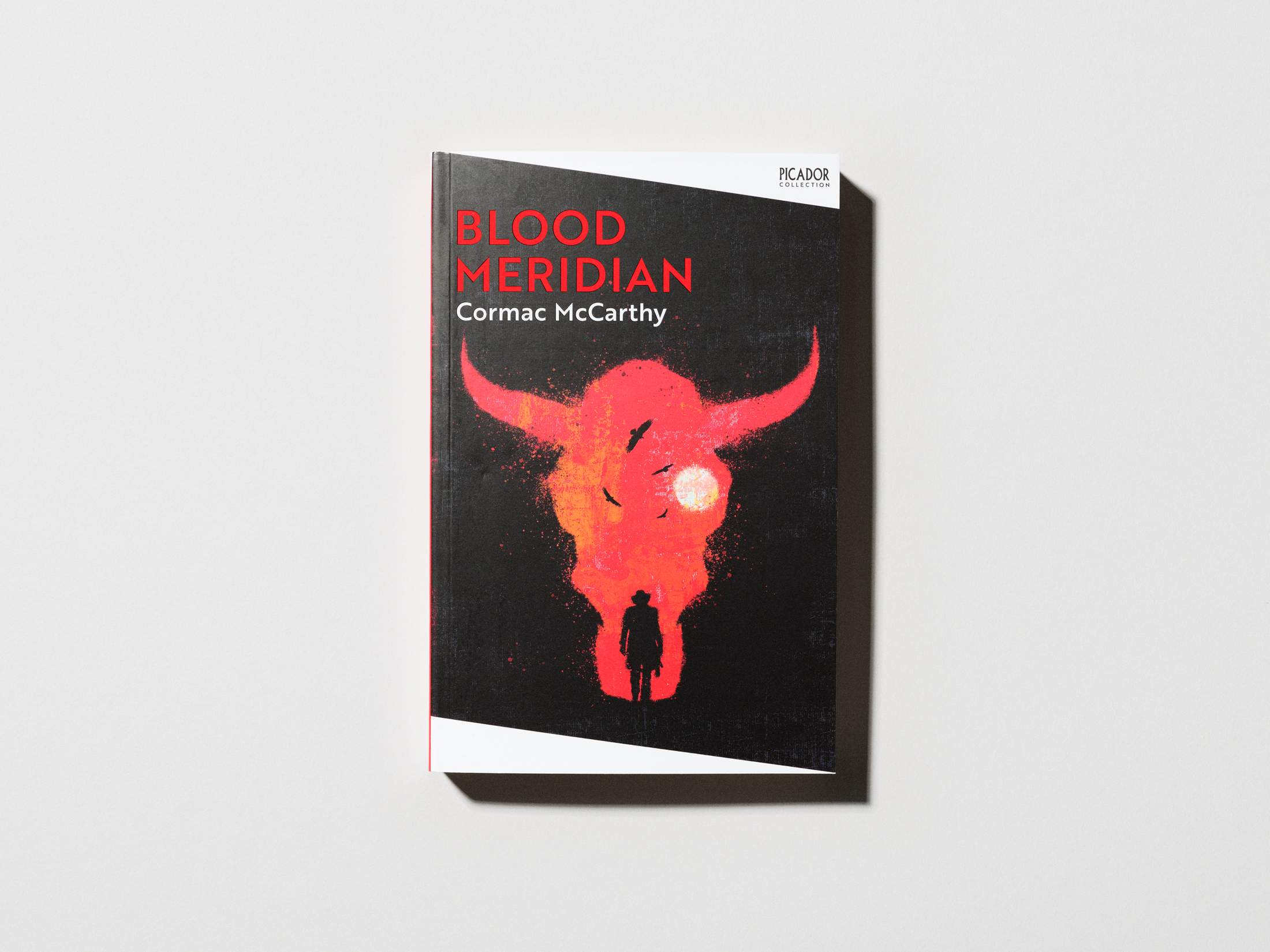
Argentinian writer Enriquez is the author of nine books, including two short-story collections, The Dangers of Smoking in Bed and Things We Lost in the Fire.
45
fiction
Lindsay Johnston
‘The Overstory’
by Richard Powers
This book has haunted me ever since I read it. It lays bare how people view the planet and everything on it as resources that can be used with impunity. It interweaves stories from the perspectives of different characters who all come to realise that action needs to be taken to stop humans devastating Earth.

Johnston is architect director at bdp Pattern, a UK studio specialising in sports venues.
46
fiction
Itamar Vieira Júnior
‘Beloved’
by Toni Morrison
This is one of the most beautiful and important novels of the second half of the 20th century. Literature enables us to exchange roles. When reading or writing, we live the lives of the characters. We peer into their most unfathomable secrets and recognise ourselves in the immensity of our own humanity.
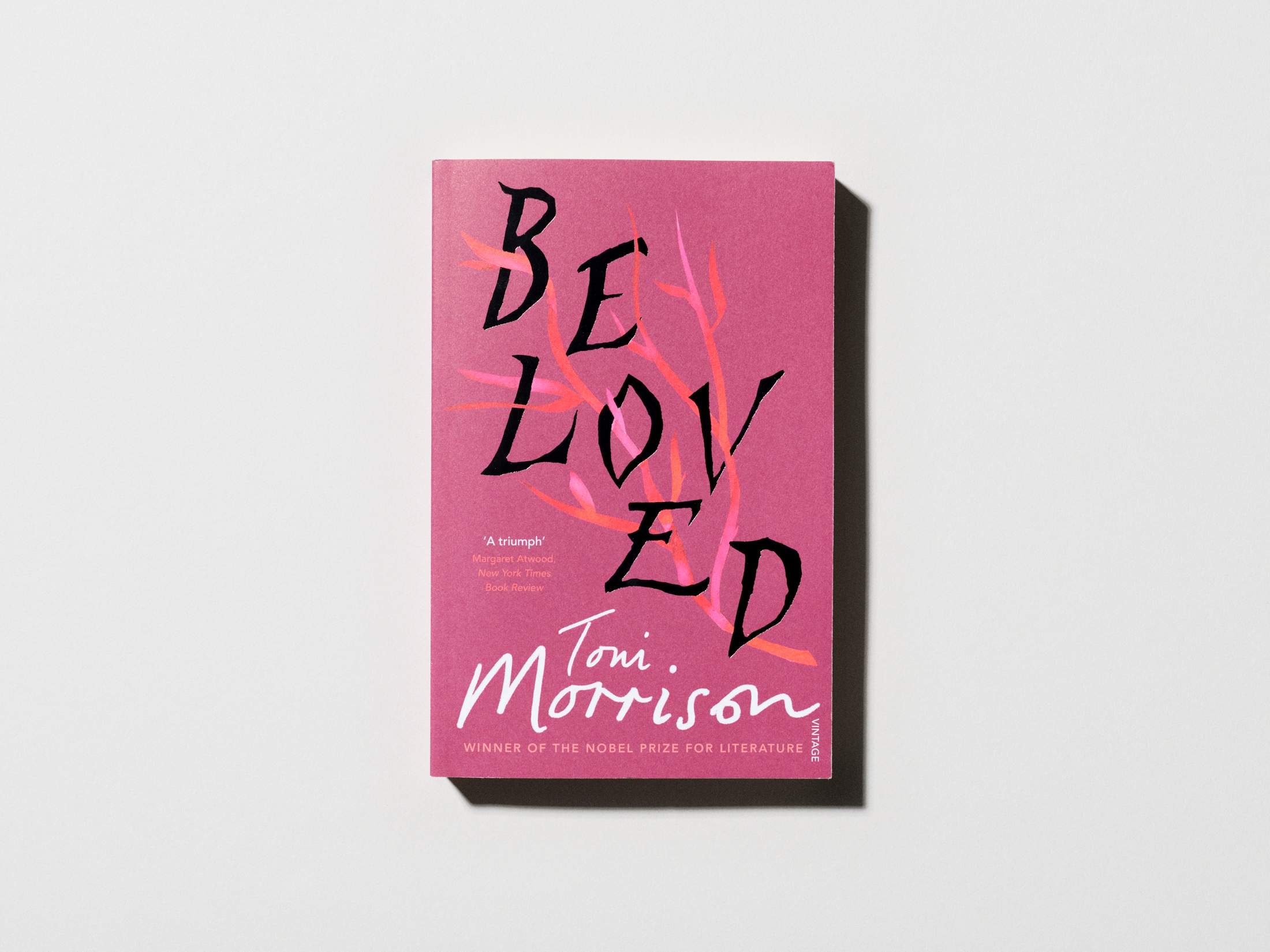
Brazilian writer Vieira Júnior’s novel Crooked Plow was longlisted for the International Booker Prize in 2024.
47
non-fiction
Gert Jonkers
‘Personal History’
by Katharine Graham
This is the memoir of a woman who became the publisher of The Washington Post almost by accident and fearlessly steered it through Watergate and so many other huge crises, with the White House on speed dial. A page-turner that’s full of feminism, power, politics, humour and compassion.
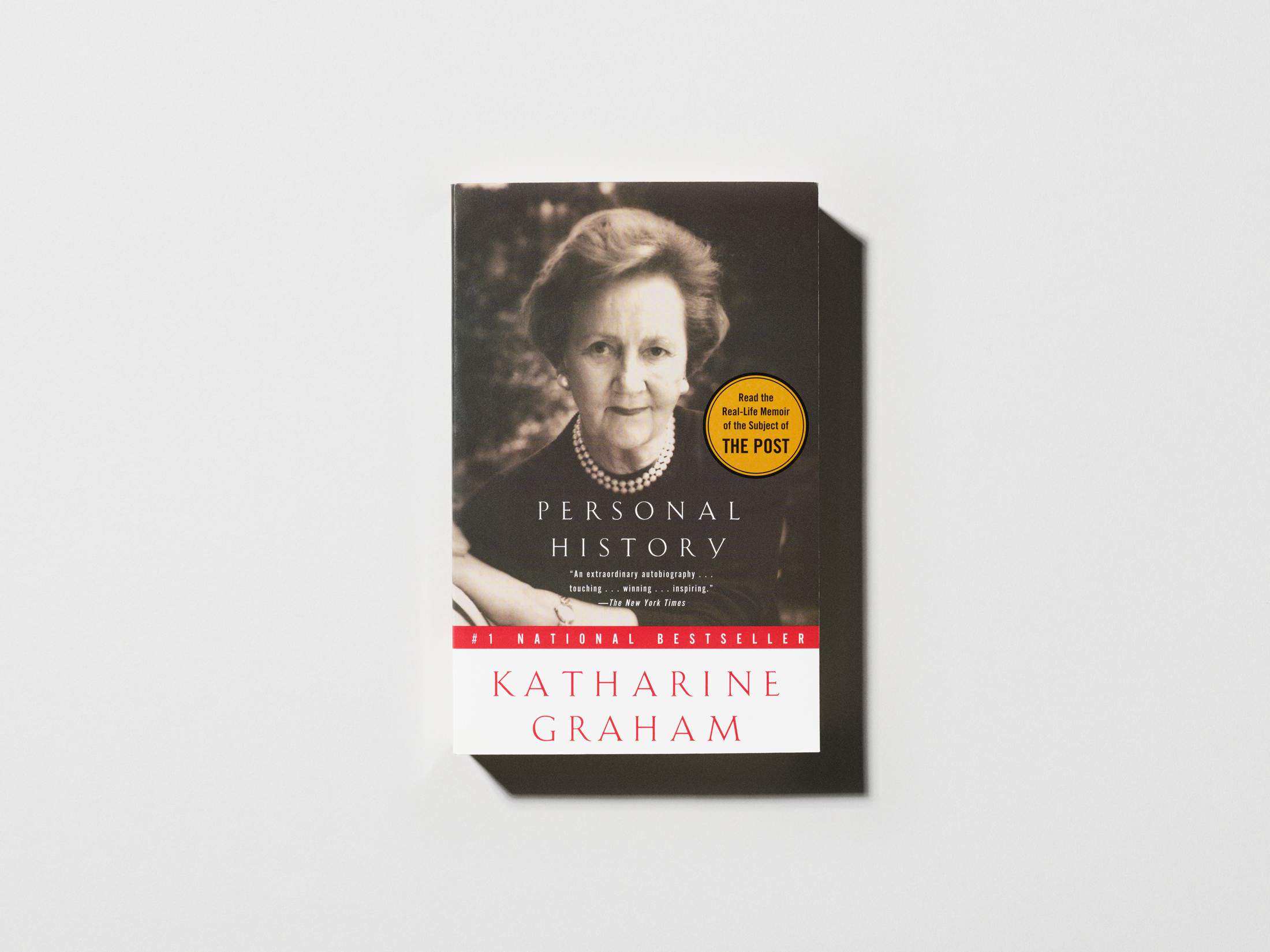
Jonkers is the editor in chief and publisher of Fantastic Man, and the associate editor and publisher of The Gentlewoman.
48
psychology
Hazel Gardiner
‘The Art of Rest’
by Claudia Hammond
How busy you are was once deemed proportional to success. But there has been a paradigm shift towards living a balanced life for both a healthy body and mind in recent years. This is a necessary, data-driven read for the perpetually fatigued who are looking for permission to stop.
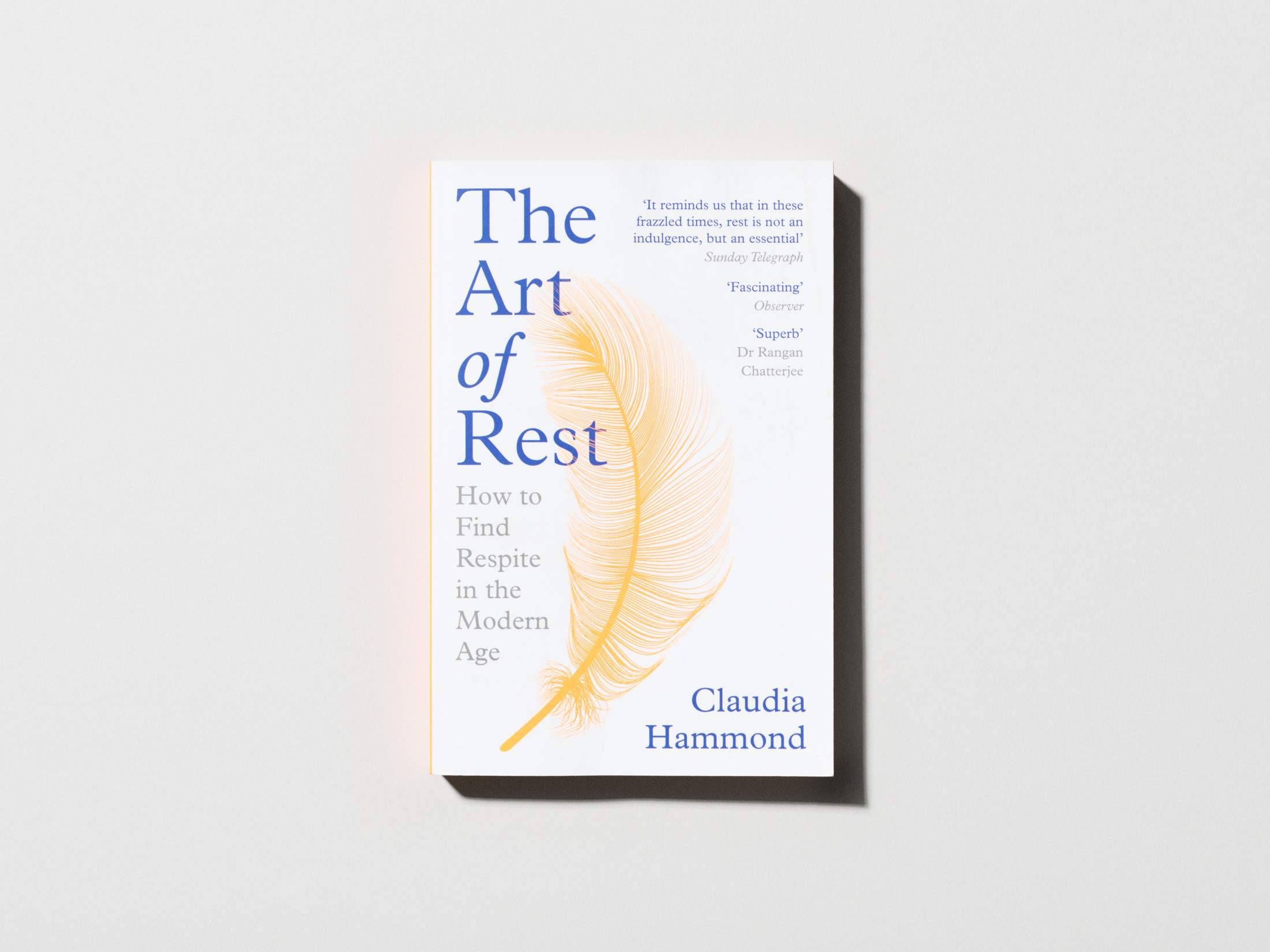
Gardiner is a writer, broadcaster and founder of floral design studio Hazel Gardiner Design.
49
fiction
Leslie Jamison
‘Housekeeping’
by Marilynne Robinson
Every few years I reread this book about two orphan sisters. I do so because I want to return to the lucidity of its prose and the integrity of its world. It’s a story about grief and caregiving. Images of icy water, bare skin and the ghosts of violence are set against the profundities of trust and homemaking.
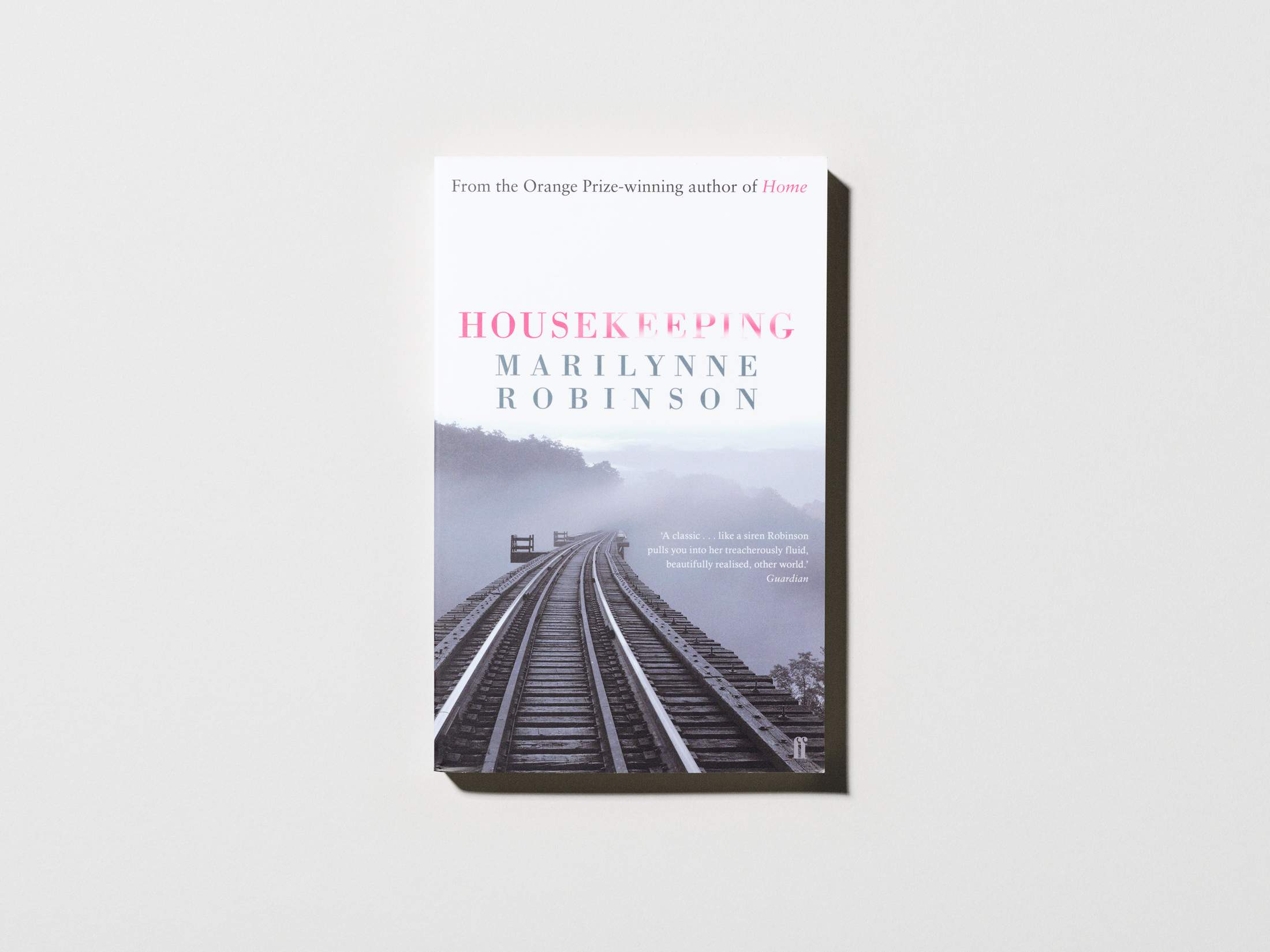
US novelist and essayist Jamison’s latest book, Splinters, is out now, published by Granta.
50
photography
Matthew Beaman
‘Subway’
by Bruce Davidson
Bruce Davidson’s use of flash in Subway had seldom been seen before in photo reportage. Harsh and illuminating, his camera pulls travellers out of the darkness, presenting them in stark contrast to their gritty surroundings. Davidson spent five years riding the New York subway in the 1980s, capturing the grit, beauty and humanity of city life.
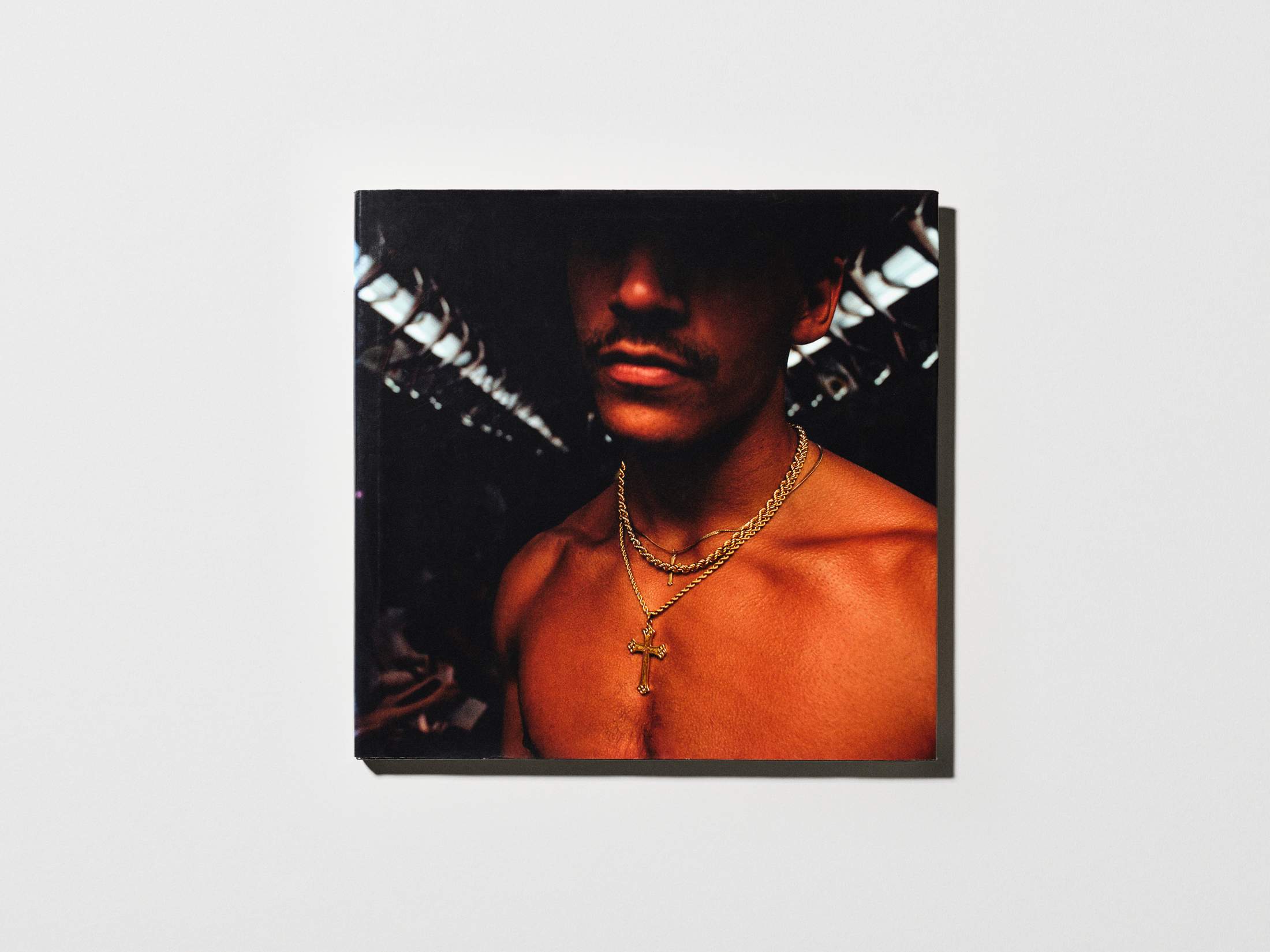
Beaman is monocle’s photography director.
the scene maker:
Casa Bosques
Mexico City
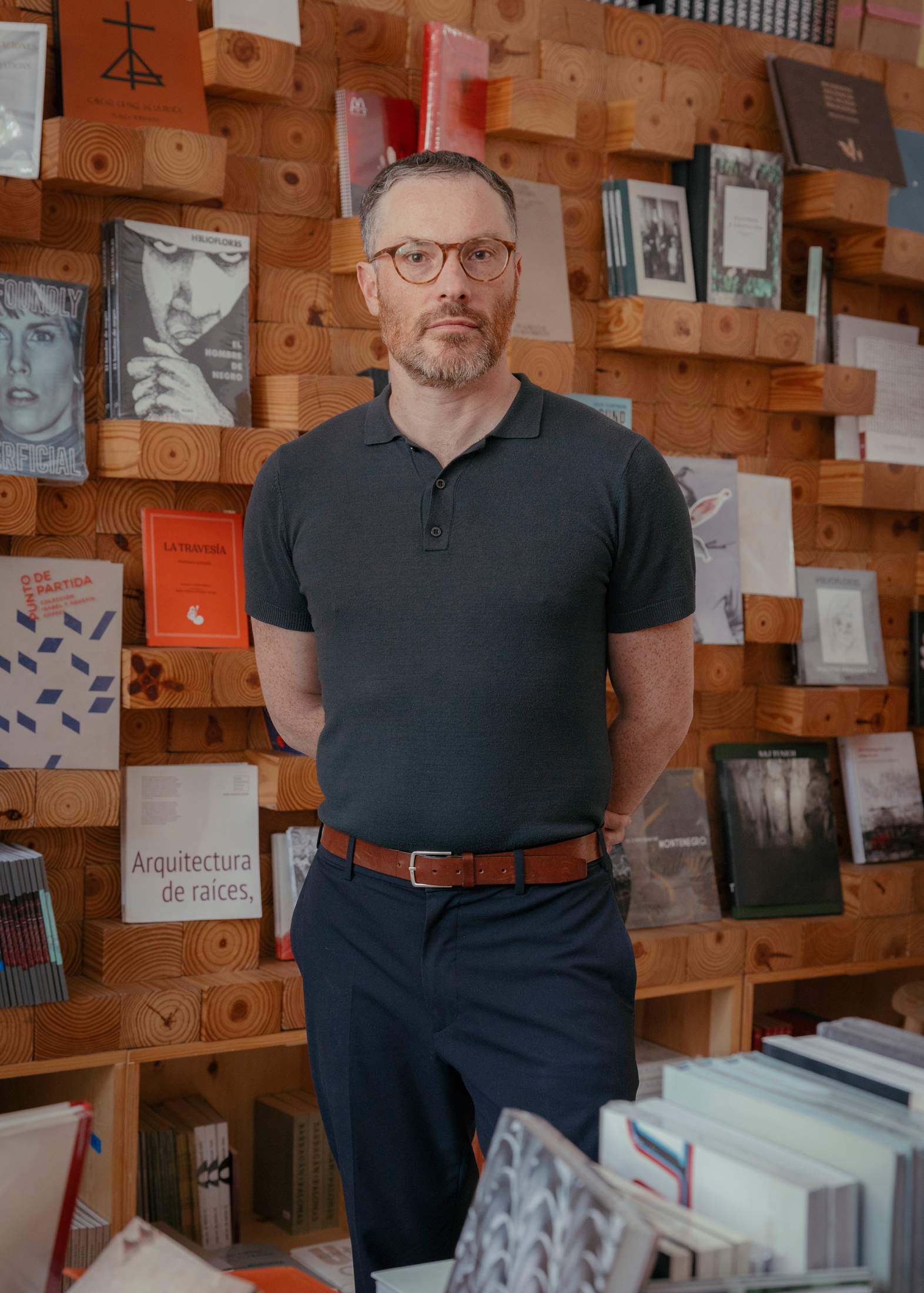
As the owner of Casa Bosques, Mexico City’s premier art bookshop, and founder of the Index Art Book Fair, Jorge de la Garza has been a major influence on the Mexican capital’s publishing scene. Here, he tells us about what elements make a good book and gives us the lowdown on what prompted him to make a life out of print.
What do you look for in a book?
My favourite books are the ones that value every aspect of the reading experience, from the writing and photographs to the editorial design, paper selection and binding. If these elements work together, they elevate the book. As the artist Ulises Carrión stated in his manifesto, “A book is a sequence of spaces... A book is also a sequence of moments. A book is not a case of words, nor a bag of words, nor a bearer of words.”
What made you choose to launch a bookshop and a publishing fair?
It might look like these decisions were planned or deliberate but there was a lot of chance involved. It came down to meeting people who shared my enthusiasm for print, who eventually became business partners or collaborators. I also felt that there was already a vibrant cultural scene in Mexico City but no platforms or bookshops focused on independent publishers or contemporary art.


